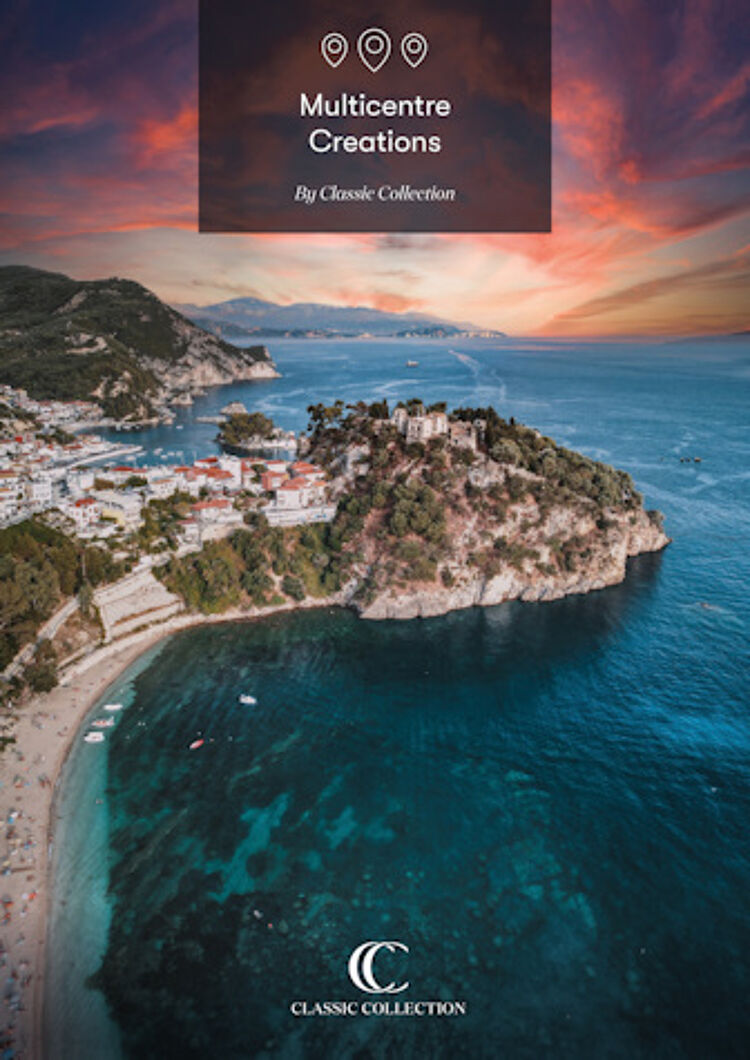Things to do in Dubrovnik: The Ultimate Guide
Hazel Hammond
As bewitching as it is beguiling, Dubrovnik has endless things to see and do. Affectionately known as ‘The Pearl of the Adriatic’, this Croatian city is famous for its fascinating Old Town. Moving on from its battle-scarred past, Dubrovnik is now a bustling seaside city which charms with Adriatic beauty, captivates with history and indulges with culture. Dubrovnik will easily pinch the heart strings of even the most discerning traveller.
“Those who seek paradise on earth, should come to Dubrovnik” – George Bernard Shaw
We’ve put together an ultimate guide of things to do in Dubrovnik so you can make the most of your time in this magnificent city.
As this blog is a comprehensive guide, to find the information that’s relevant to you use the handy page content links below:
The name Dubrovnik stems from ‘Dub’ meaning Oak and ‘Dubrava’ meaning wood (the settlement was once an oak forest).
Find out when the cruise ships are porting and try to avoid these days as this may lessen crowds and queues.
Best things to do in Dubrovnik
1. Visit the Old Town
The evocative Old Town is Dubrovnik’s biggest draw. In fact, the Old Town has caught the eye of several film sets including Star Wars Episode VIII and Game of Thrones as well as several A-listers such as Beyoncé, Roman Abramovich, Sir Robert Moor & Bob Geldof (to name a few). For a guide to the Old Town read the things to do in Dubrovnik’s Old Town section of this post.
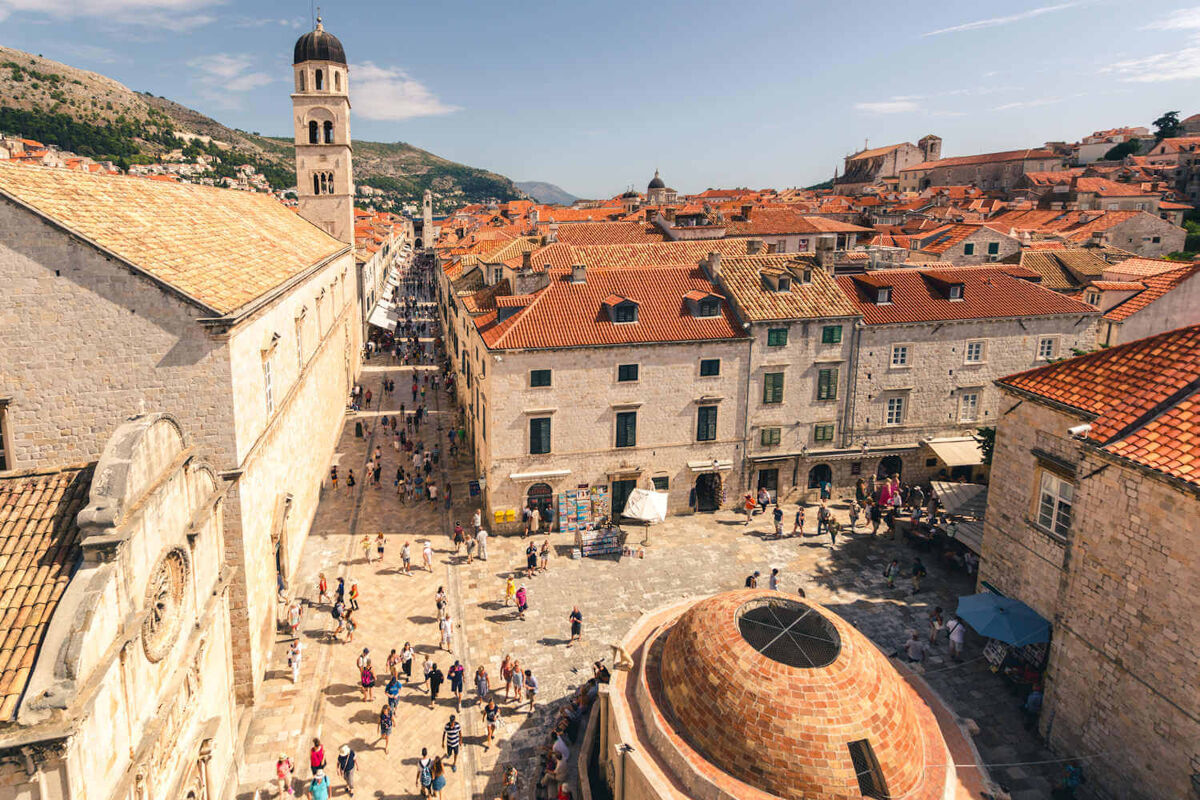
2. Take the cable car up Mount Srđ in time for sunset
Zip up to the summit of Mount Srđ and admire views of the Old Town, Adriatic Sea and beyond. On a cloudless day you can see up to 37 miles and no doubt Dubrovnik’s best sunset views can be seen from here. Tickets can be bought directly at the cable car station, an adult round-trip costs 150kn (85 one way). Opening hours change each month as follows: December – January 9am – 4pm; February, March & November 9am – 5pm; April & October 9am – 8pm; May & September 9am – 9pm; June – August 9am – midnight.
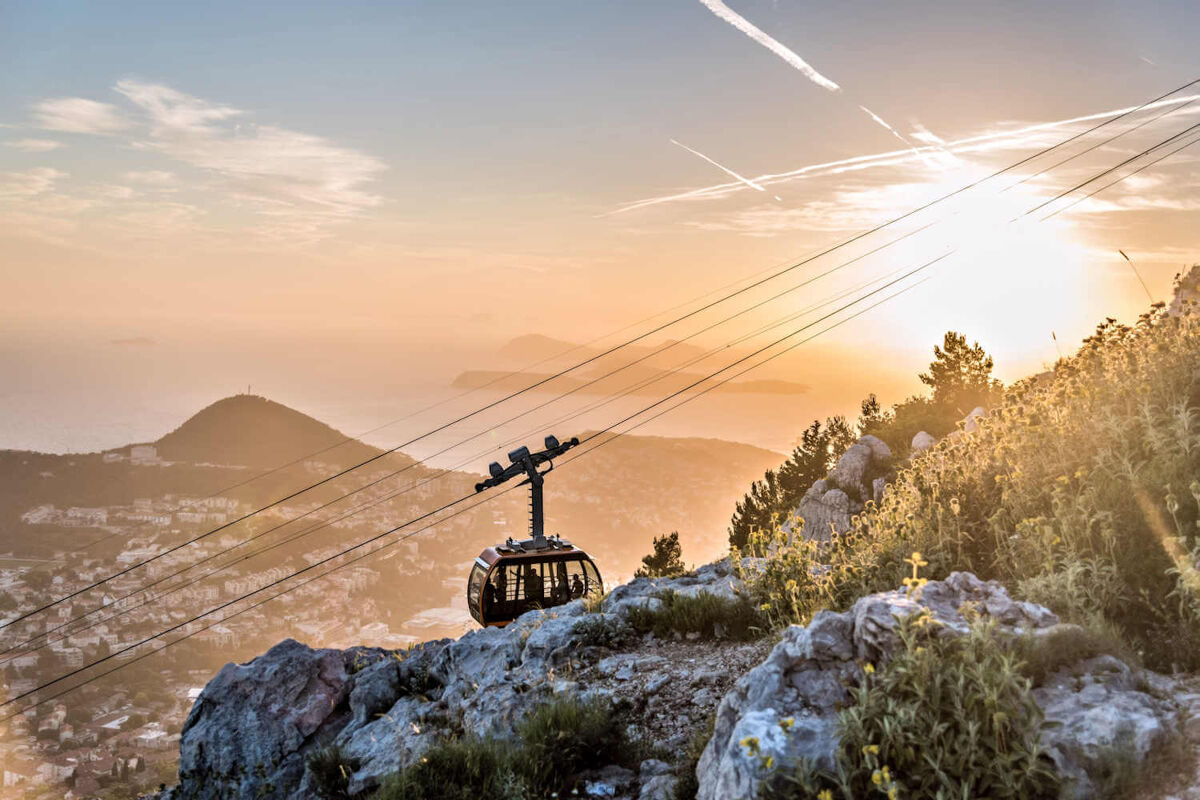
3. Kayak around the Old Town
One of the best things to do in Dubrovnik is to explore the many caves and hidden beach coves. Be sure to bring a snorkel though to make the most of the clear waters. Kayaks can be hired from several places around the city and prices vary seasonally.
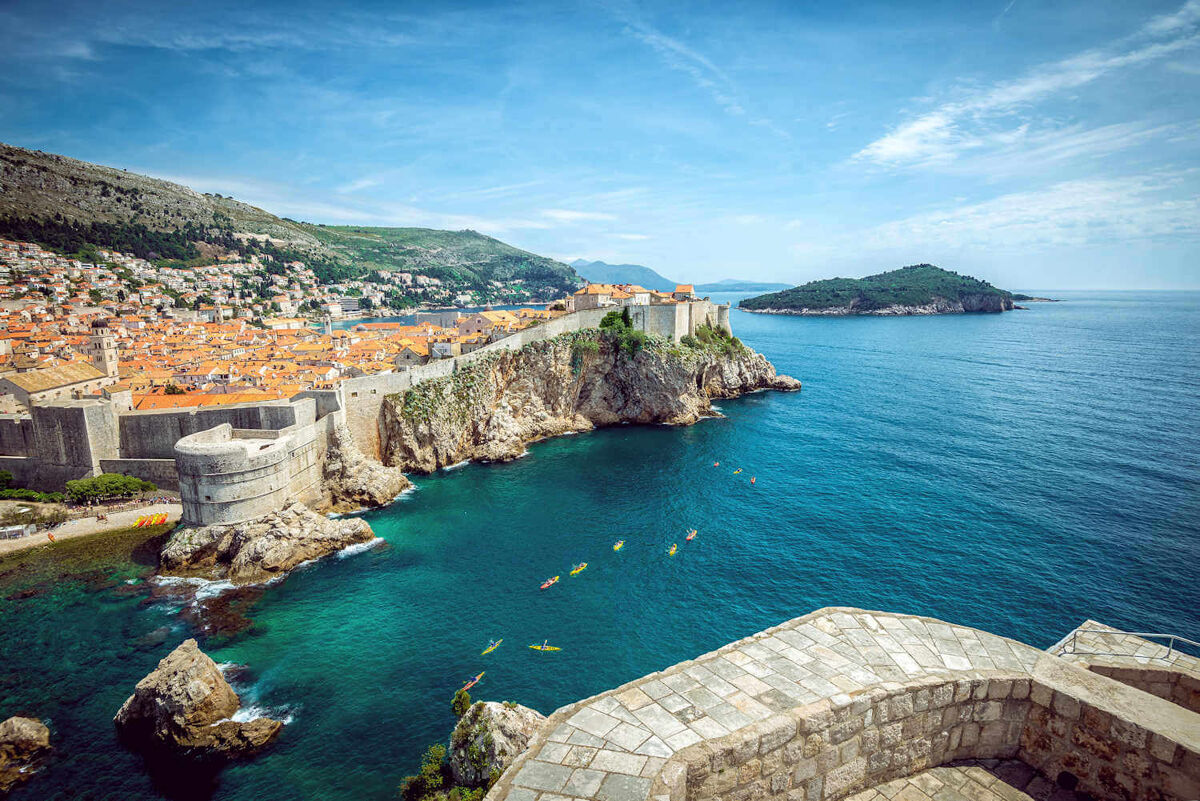
4. Spend a day on Lokrum Island
600 meters from Dubrovnik’s coastline is the nature reserve of Lokrum Island. The unhurried beauty & forest pools attract locals and tourists alike. The small islet is packed with remarkable flora and fauna including olive trees and Cypress, offering a shaded & peaceful respite from the city. There are also botanical gardens and a Benedictine monastery on the island. The island can be reached by kayak or a short 10-minute ferry. There are a few small cafes with basic refreshments, but we recommend taking water and refreshments.
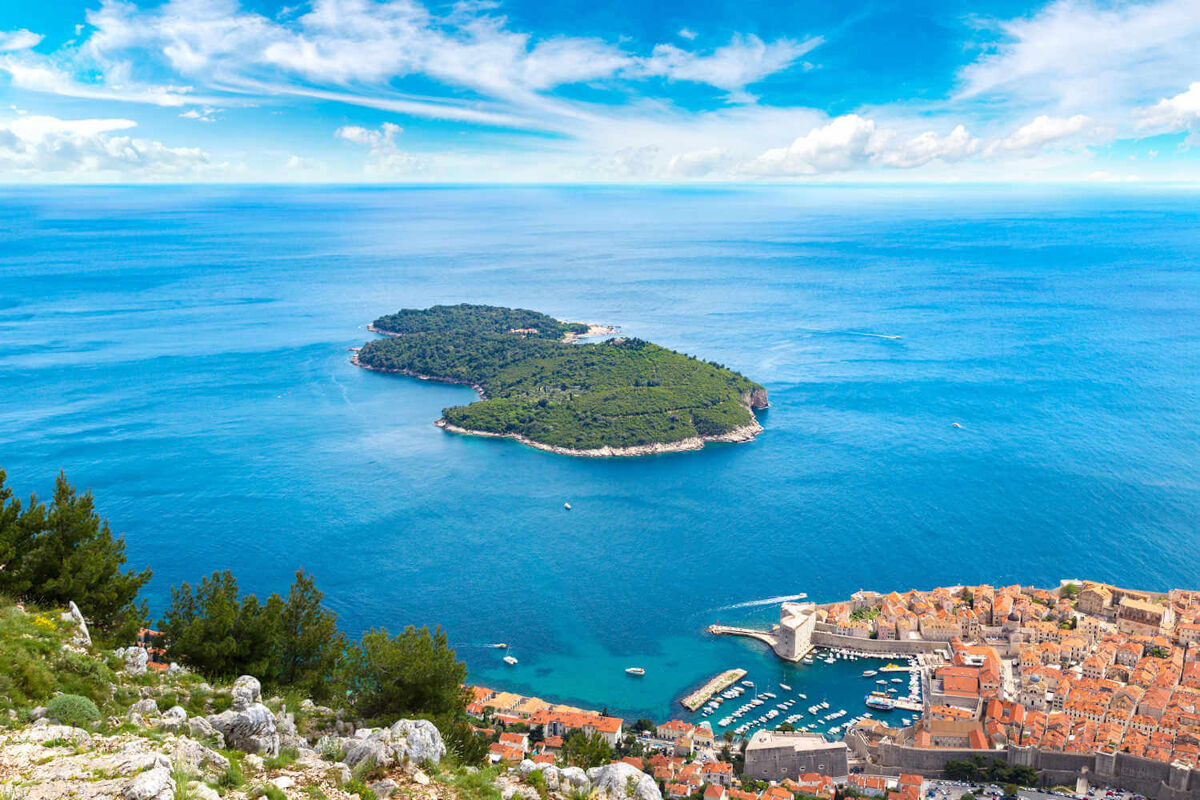
5. Swim in the cool Adriatic waters
From sand and shingle to rocky platforms, Croatians love swimming and bathing. For the best swimming spots read our beaches in Dubrovnik section of this post.
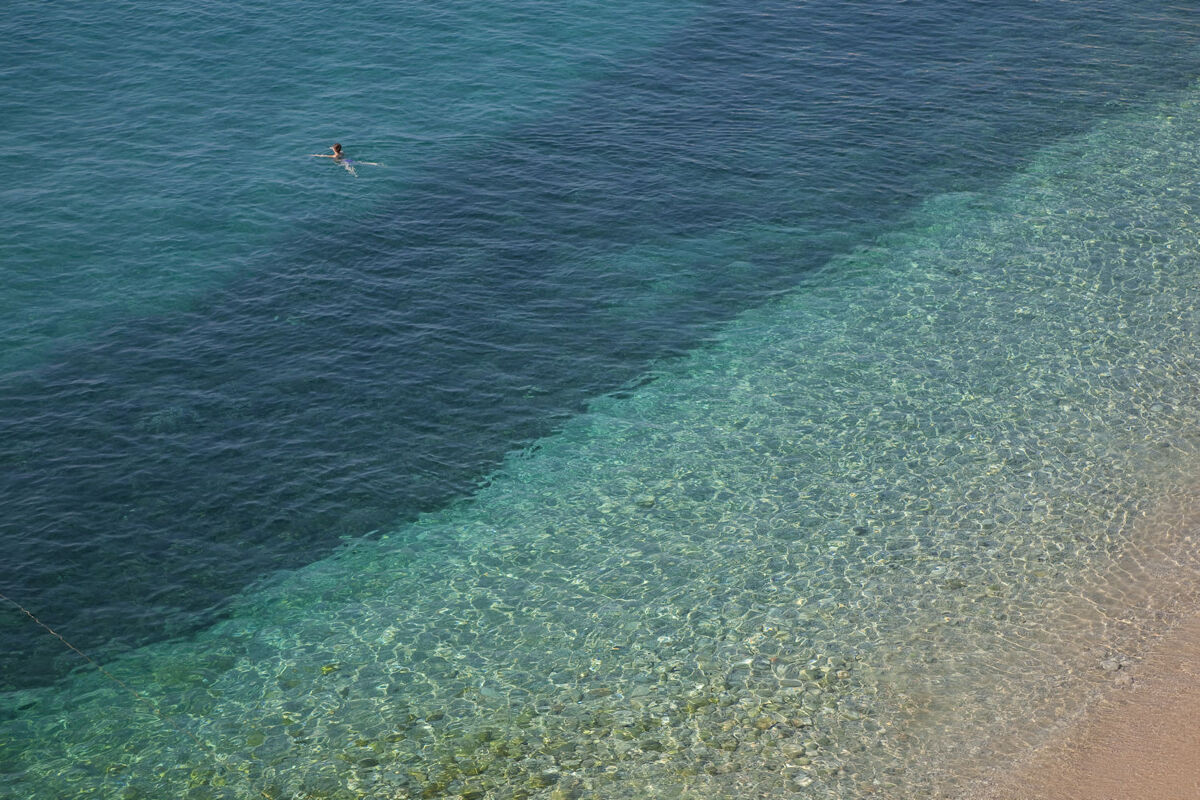
6. Indulge in the delicious local cuisine & remarkable wines
When visiting Dubrovnik there is a plethora of local delights to try including Croatian pizza, candied orange peel, black risotto & locally grown figs, to name a few… Where wine is concerned, Croatia’s fragrant reds are waiting to be tried.
Skip to – Places to eat in Dubrovnik
Skip to – Wine tasting in Dubrovnik
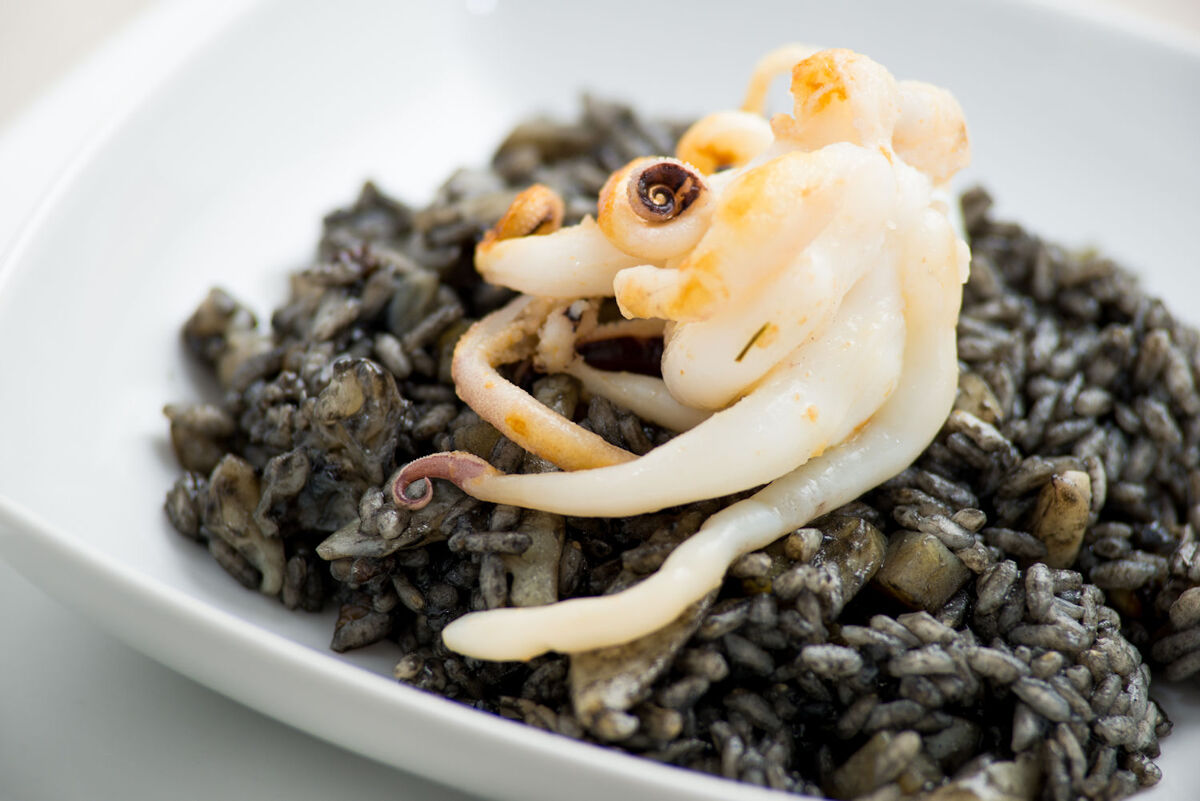
7. Visit the Elaphiti Islands
The Elaphiti Islands, or ‘Elafiti Islands’, are a collection of 13 islands northwest of Dubrovnik including Lopud, Sipan, Kolocep and a number of smaller uninhabited islands. The lush islands were once favoured by Dubrovnik aristocracy due to their peaceful nature and secluded feel. Still today the islands are unspoilt & dotted with small villages and coastal towns with a relaxed pace of life. The island’s are just a taster of the many Croatian Islands.
Sipan (Shee-pan) – The largest of the Elaphiti Islands, Sipan is the only island with cars. Home to verdant valleys and the charming towns of Sipanska Luka and Sudurad.
Lopud – This traffic free island is well loved for its tranquillity. Lopud is home to Sunj beach one of Croatia’s few sandy beaches. Sunj is a 1.2km bay of white sand and gentle waters. There are also numerous cafes and restaurants.
Kolocep (Kolo-chep) – Kolocep is the closest island to Dubrovnik. This tranquil island is a picture of natural beauty with heavily forested landscapes and very few beaches.
It’s easy to visit all three on a day trip from Dubrovnik with a tour or simply hop on one of the frequent ferries. Ferries take between 40-50 minutes and the journey is beautifully scenic. The islands can also be added to Dubrovnik as a twin-centre thanks to a superb selection of hotels. You can find a guide to multi-centre itineraries in Croatia on our website.
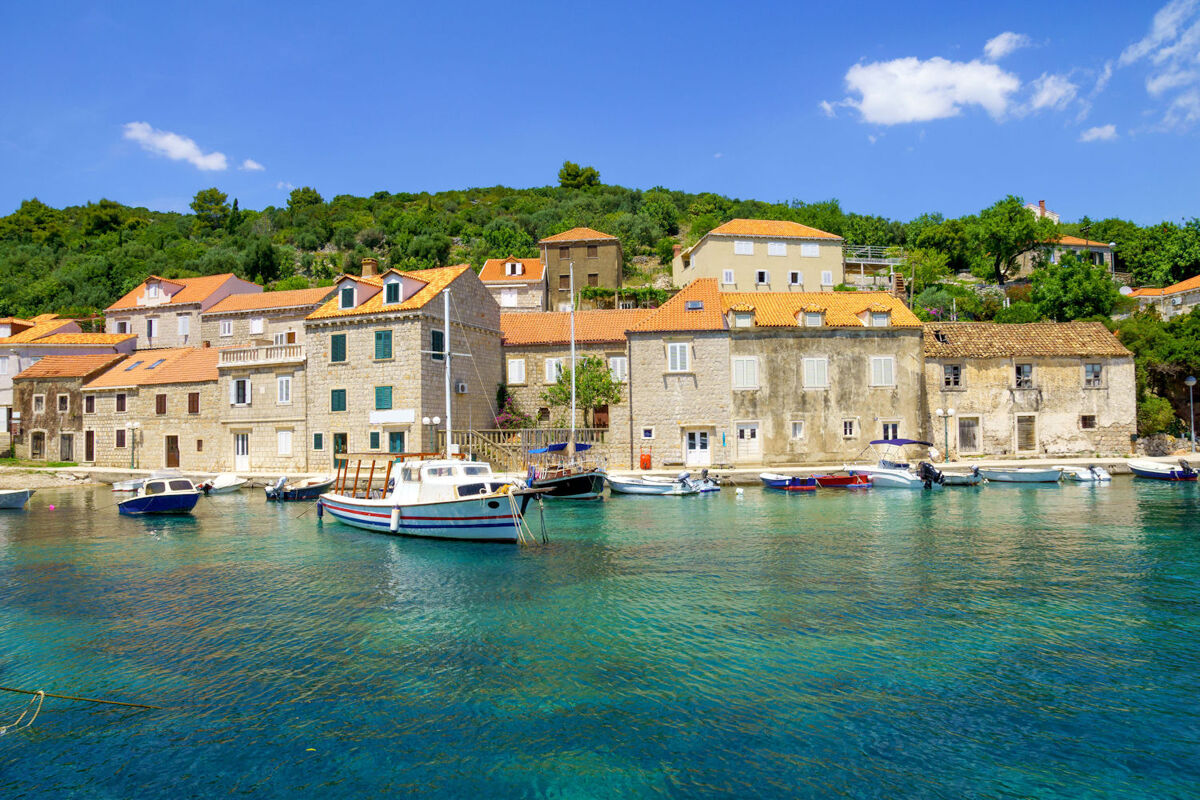
Places to Vsiti in Dubrovnik’s Old Town
So, what is it about this UNESCO World Heritage Site that has gained it such enamour? Be it the mystic ancient stone, dramatic fortifications or general dynamic feel. Whatever it may be, you’d best discover it for yourself. Here’s the top things to do in Dubrovnik’s Old Town.
Walk the ancient city walls
Originally constructed to protect the city from pirates, the walls are now open to the public to gaze upon the city. Ranging from 3 – 6 metres wide & 25 metres high, the entire walk makes up 1,940 metres. The walk takes about an hour and offers breath-taking views of the sea and iconic orange roofs. Guided walks are available including ‘Game of Thrones’ or ‘Ghost’ walks. Admission is 150Kn’ opening hours April – September 8am – 6.30pm (October till 5.30pm) and November – March 9am – 3pm.
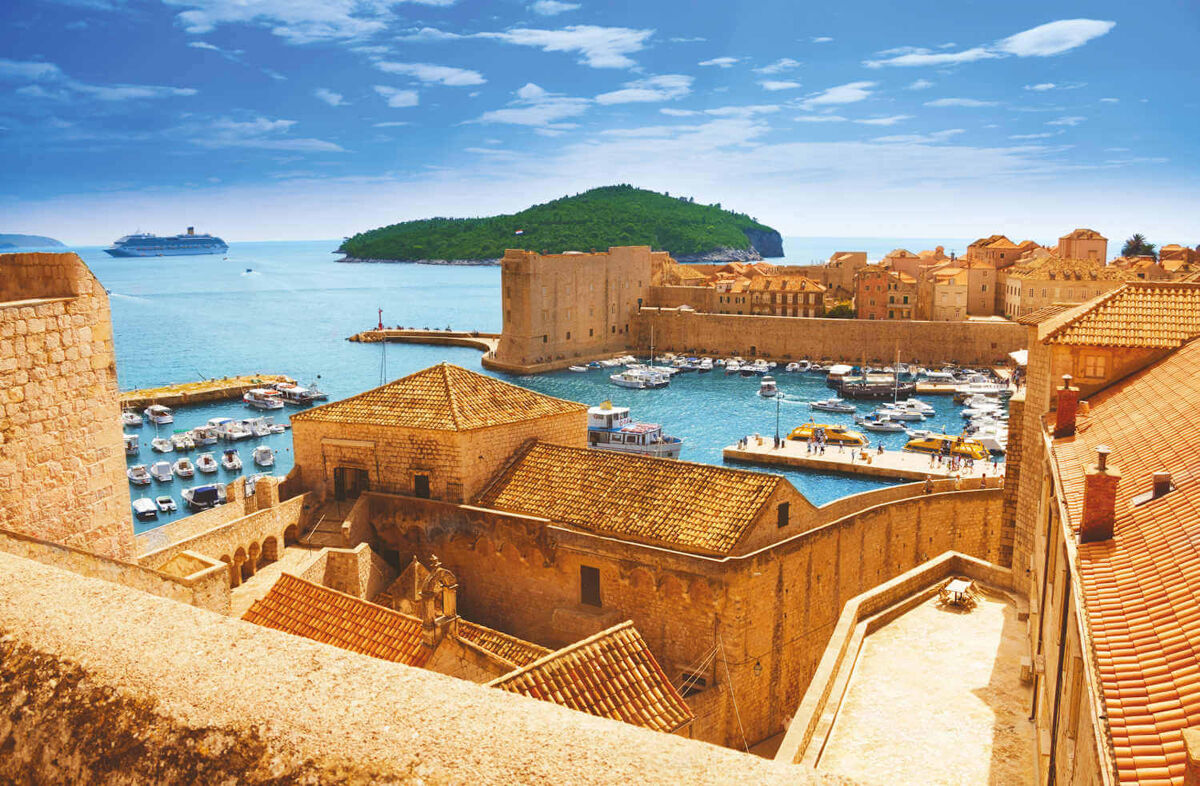
Stradun
Stradun or Placa, is the main street. A bustling scene to behold stretching from Pile Gate to the Port. On this pedestrianised street you’ll find shops, cafes, boutiques, galleries & souvenir shops which all stand out against the fascinating fortified walls.
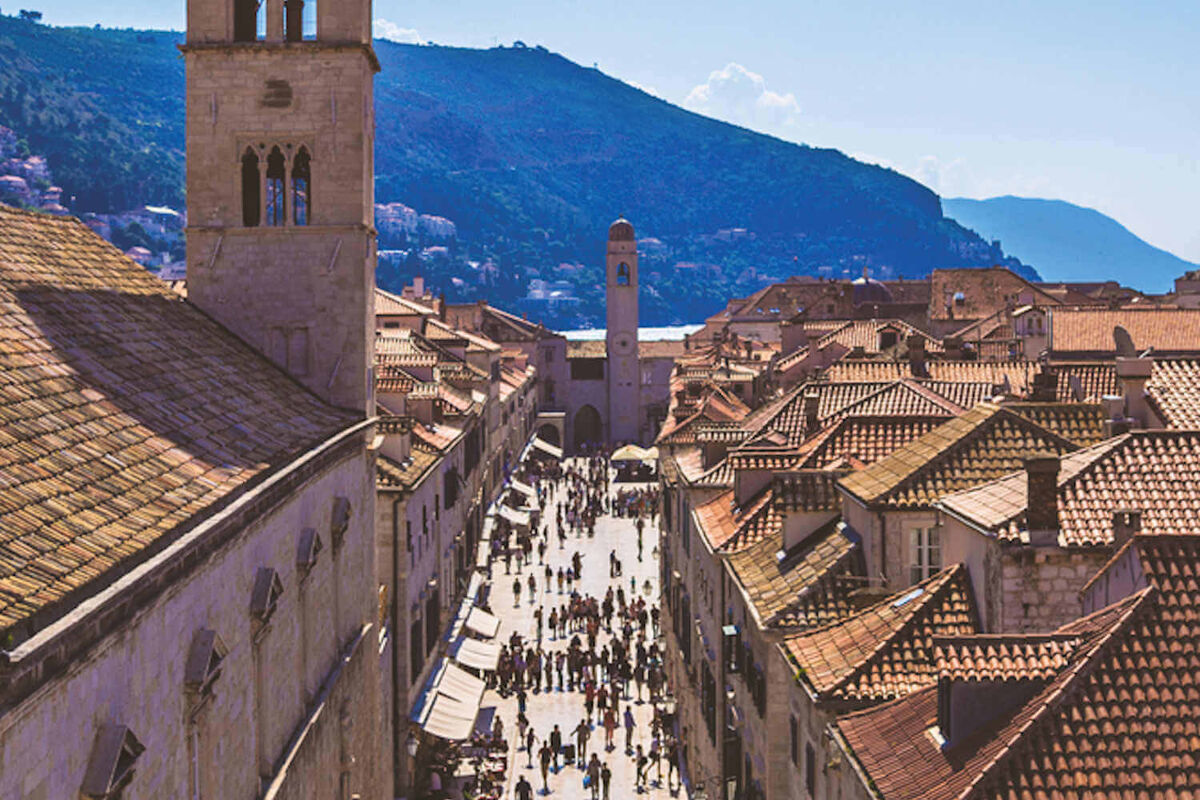
Lovrijenac Fort
On a rock 40 metres above the sea stands Lovrejenac Fort. Legend states that the Venetians planned to build a fortress here to conquer the city, however Dubrovnik discovered their plan and beat them to it and built the fort in under 3 months. Today the fort hosts dramatic performances of Hamlet during Dubrovnik’s summer festival and doubles as the ‘Red Keep’ in Game of Thrones. Entrance appox. 50Kn.
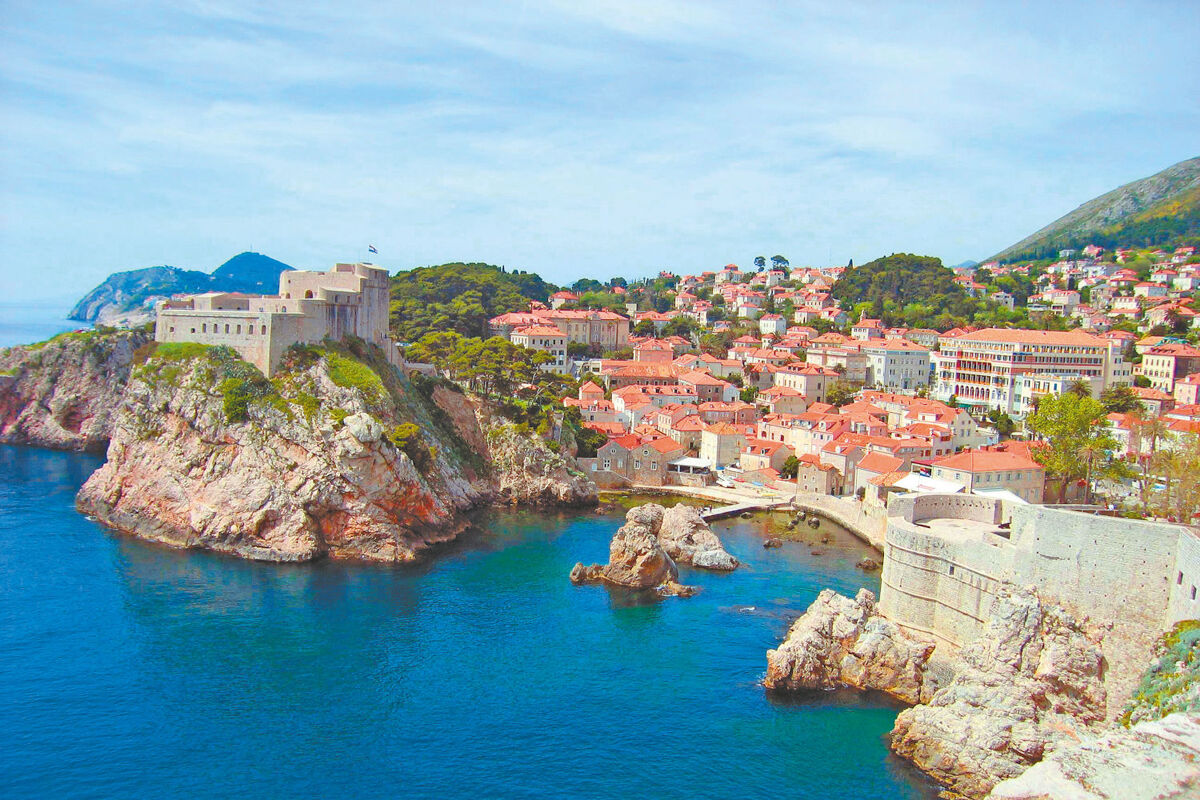
St Johns Fortress
As part of the city walls, this fortress was built to protect the port from pirate raids. Inside the fortress there is a small aquarium and maritime museum. The fortress is located by the Old Town harbour. Opening hours reflect that of the city walls.
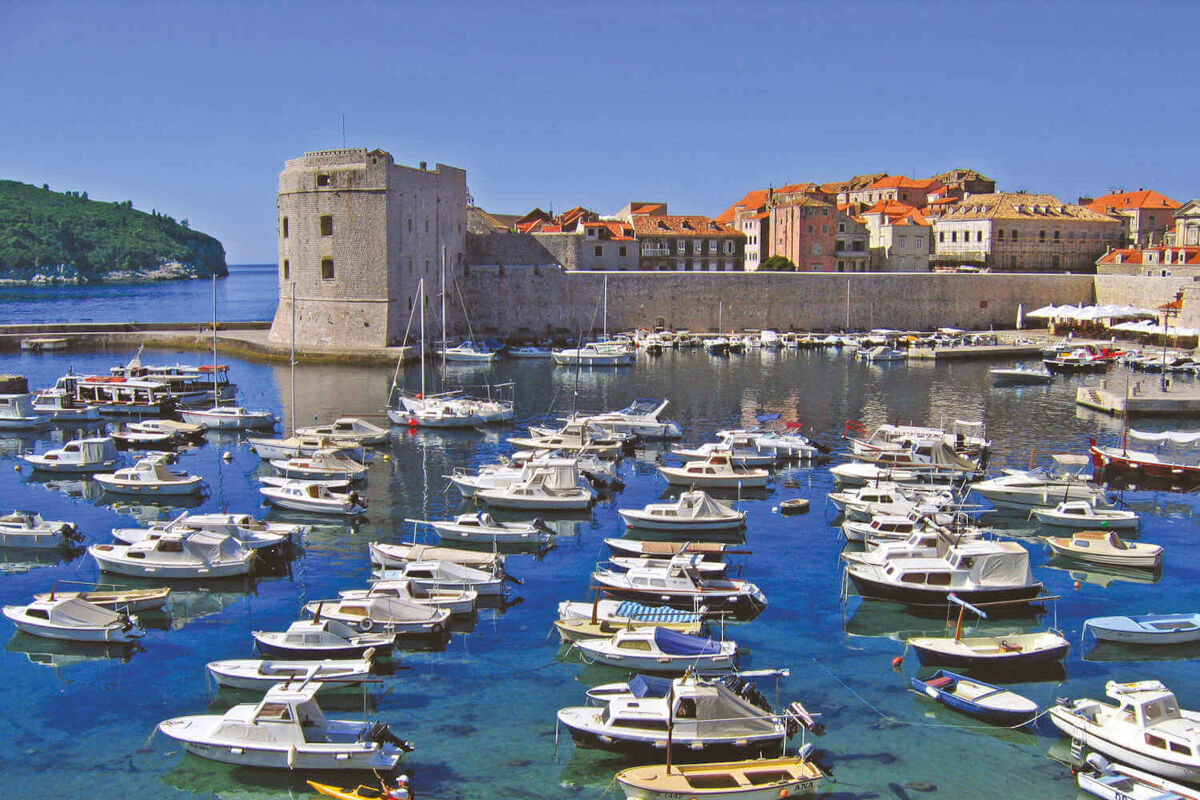
Gaze upon the assumption of Mary at Dubrovnik Cathedral
This large baroque cathedral holds magnificent interior artwork including the assumption of Mary. Beneath the cathedral it was revealed the foundations of an earlier Christian Basilica dating back to the 7th/8th Century. Some say the rebuild was financed by Richard the Lion Heart. Entrance is free.
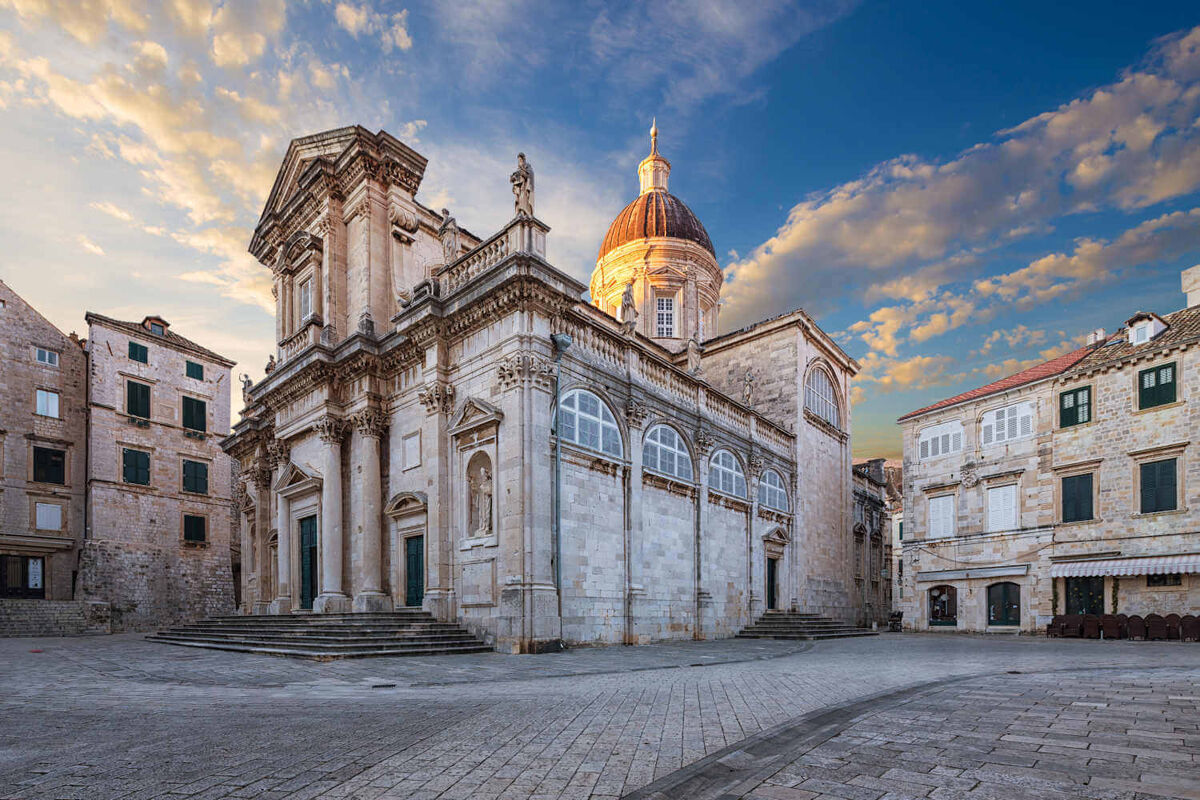
Franciscan Monastery
Here is where you’ll find ‘Ljekarna Male Brace’, Europe’s oldest functioning Pharmacy dating back to 1317. Still functioning as a pharmacy today, visitors now come here to buy the famous Monks’ lush face cream made from a secret recipe. Built in the 13th century this gothic style building homes a magnificent 17th century library holding over 20,000 books and manuscripts. Located on the Old Town Main Street this monastery is well worth the visit. Pharmacy is open Mon – Fri 7am – 7pm and Sat 7.30am – 3pm.
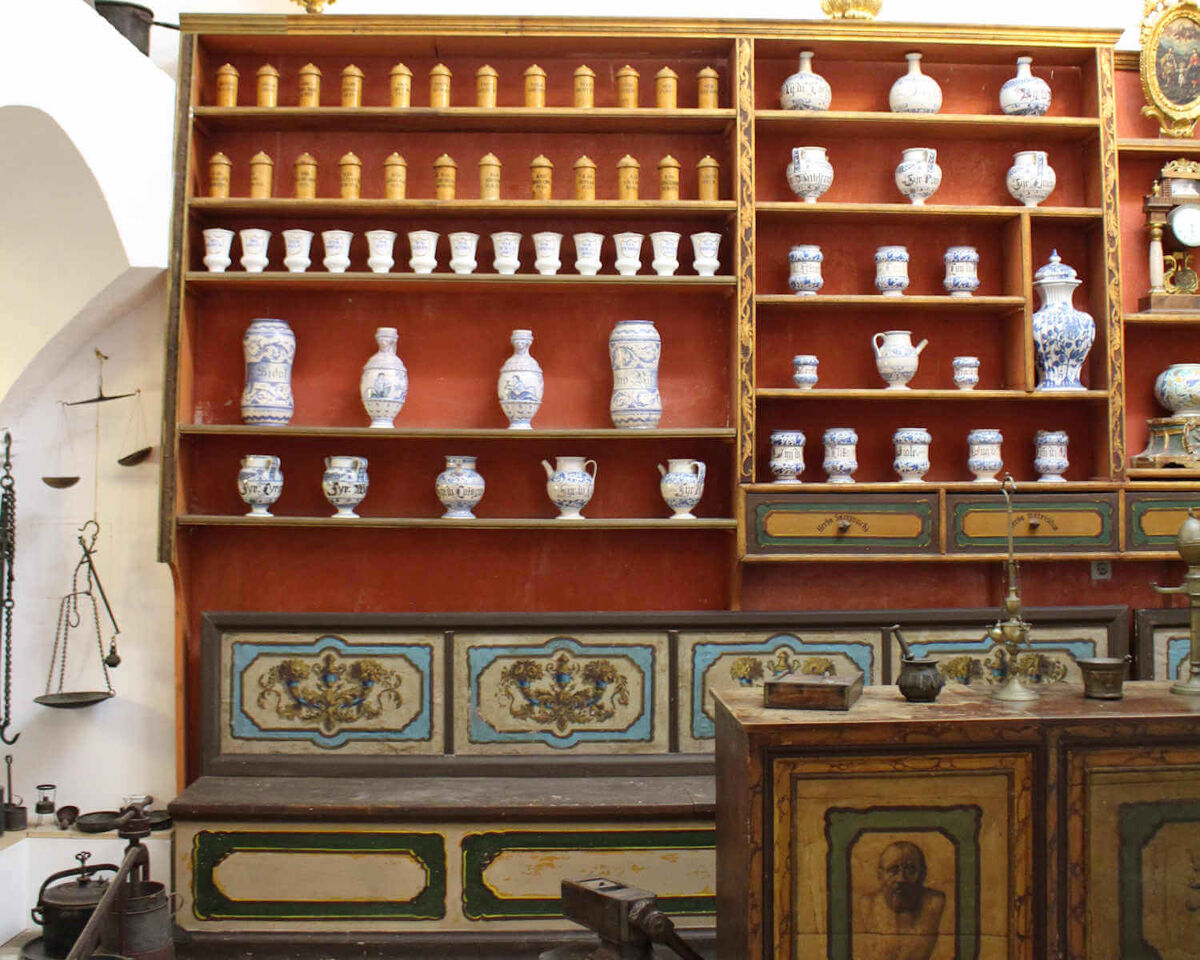
Read the inscription at Sponza Palace
Sponza was once a place of business for merchants and traders until the 20th century. You can even find an inscription warning merchants not to rip each other off. Now the palace is a holding place for the city’s archives.
“Fallere nostra vetant et falli pondera. Meque pondero cum merces ponderat ipse deus”
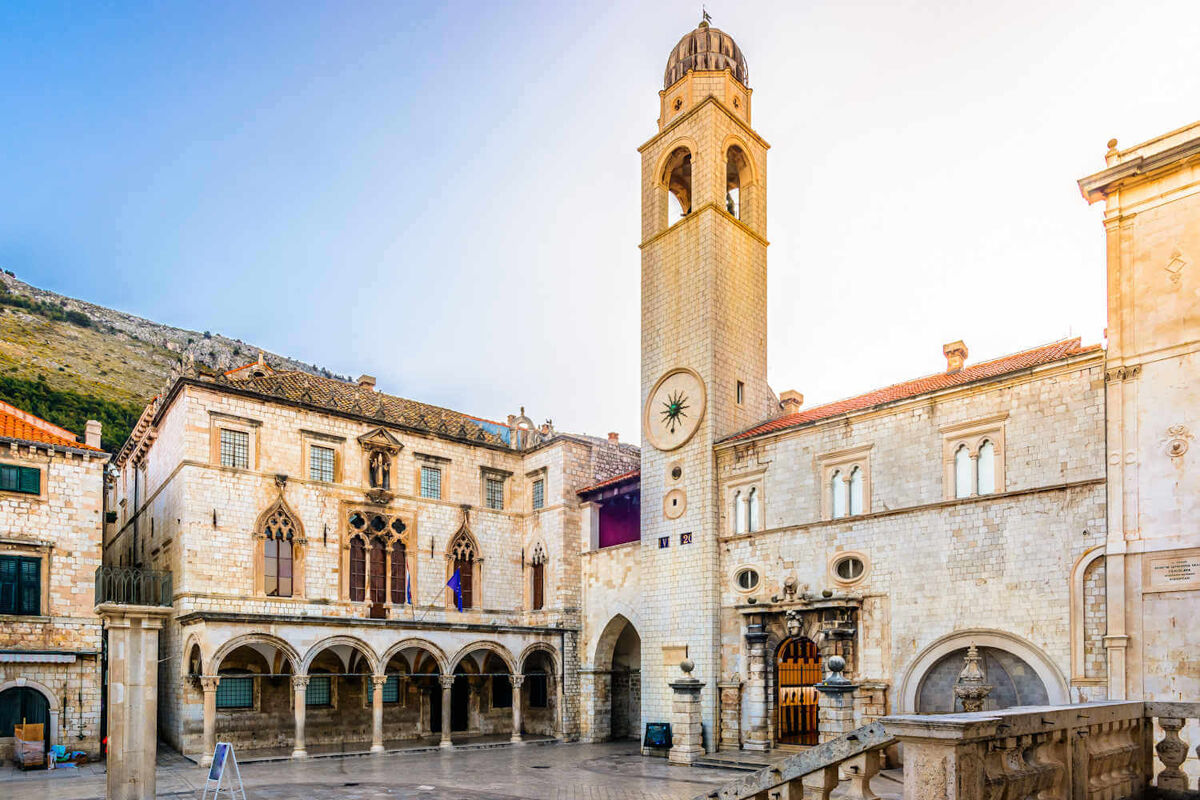
Listen to the clock tower chime
Located on Luza Square next door to Sponza Palace, this 31-metre-high clock tower was built in 1444. Two bronze figures ‘Baro’ and ‘Maro’ flank the side of the bell and create a unique chime that plays each day at noon.
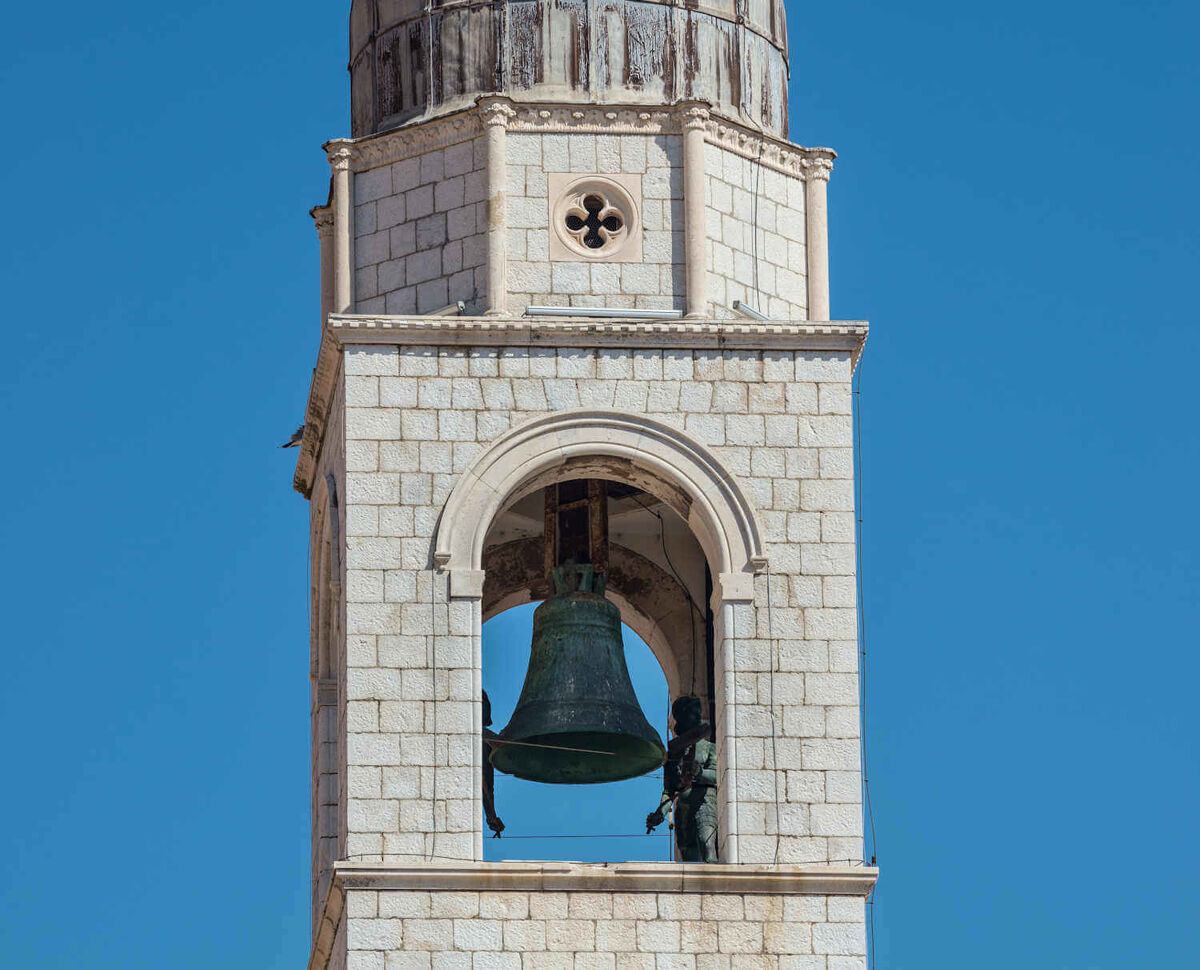
Church of St Blaise
St Blaise (the patron saint of Dubrovnik) was known for aiding the defence against a surprise attack from the Venetians, although not in body… Blaise had long been dead but came to the cathedral’s priest in a dream to alert him of the upcoming invasion. The building is now an ornate baroque church. Open 7am – 12pm, 4pm – 6pm (Sundays 7am – 1pm)
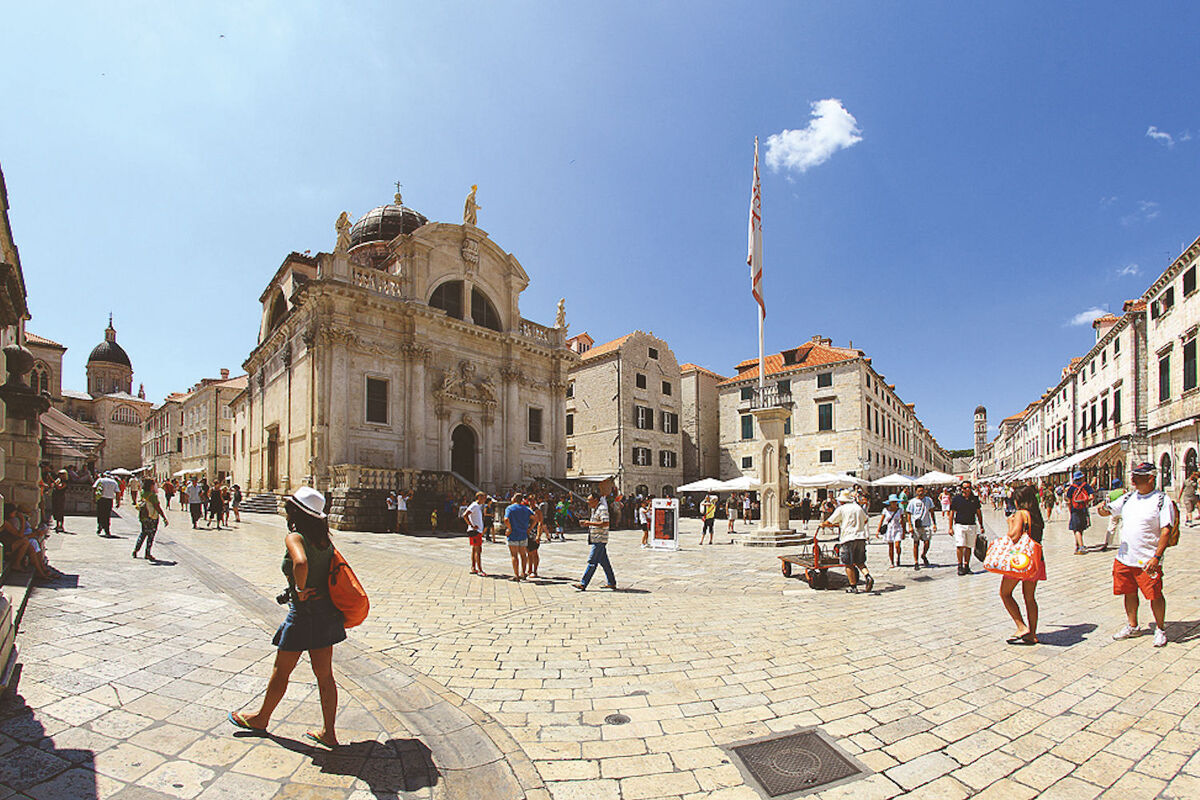
Orlando’s Column
In front of the Church of St Blaise, this stone statue, supporting a flag, portrays Orlando. Legend states he helped defend Ragusa during a 15-month Saracen Siege in the 800’s. The column was erected as gratitude.
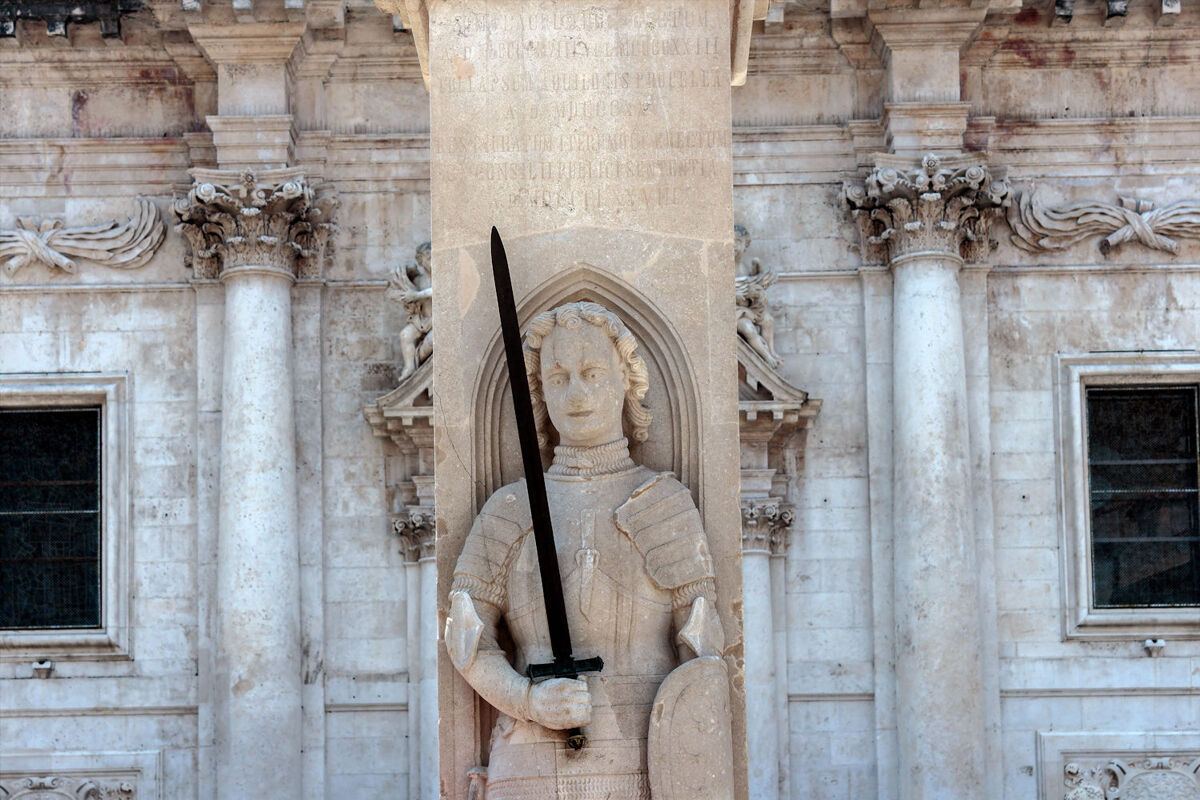
Onofrio’s Fountain
Located by the west entrance, this fountain was constructed in 1438 as an intricate water supply system. Dubrovnik needed an efficient way to supply water due to its long dry summers. The monument is richly decorated with unique carvings on each side.
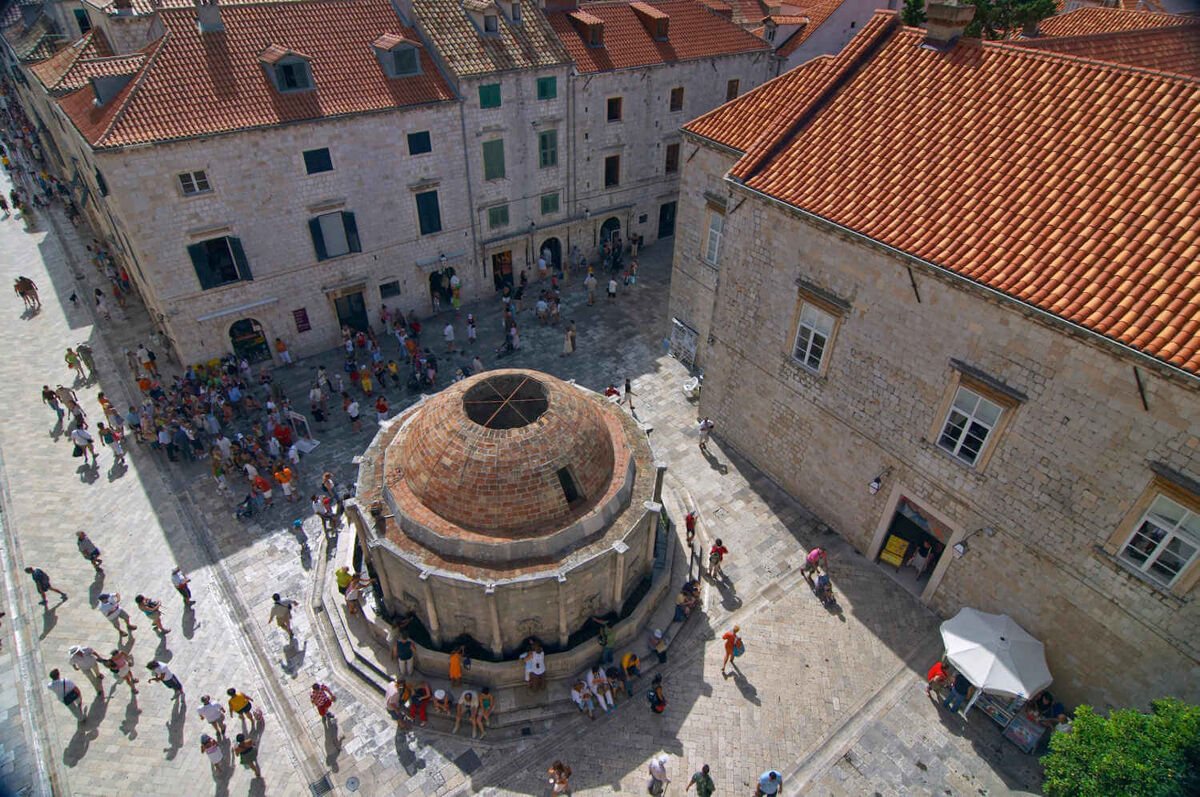
Pile Gate
Once a wooden drawbridge, Pile gate is now a stone bridge and the main entrance to the Old Town, above where a moat once stood.
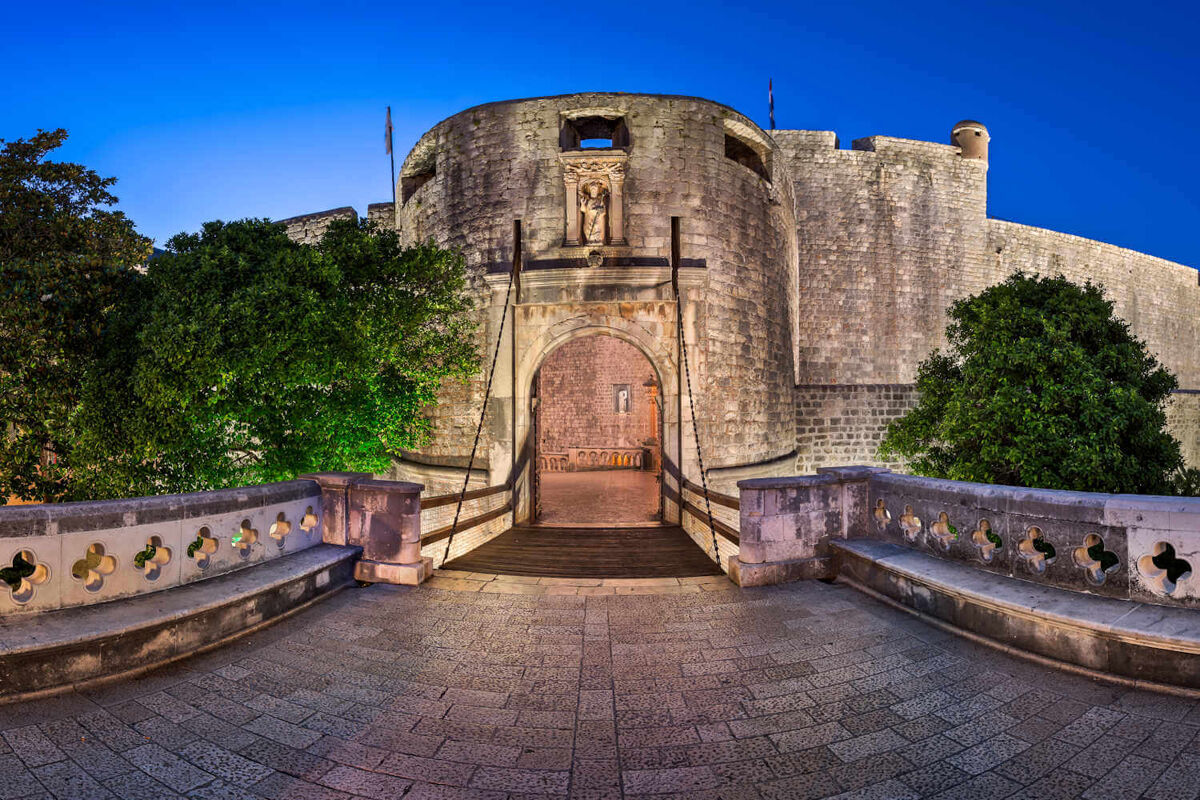
Rectors Palace
This palace was built in the 15th century for the rector who governed Dubrovnik. The gothic building holds the rector’s chambers, office, public halls and even a dungeon. Today the palace is a cultural history museum with restored portraits and artefacts displaying the history of Dubrovnik. Admission 80kn open 9am – 6pm April – October; 9am – 4pm Nov – Mar.
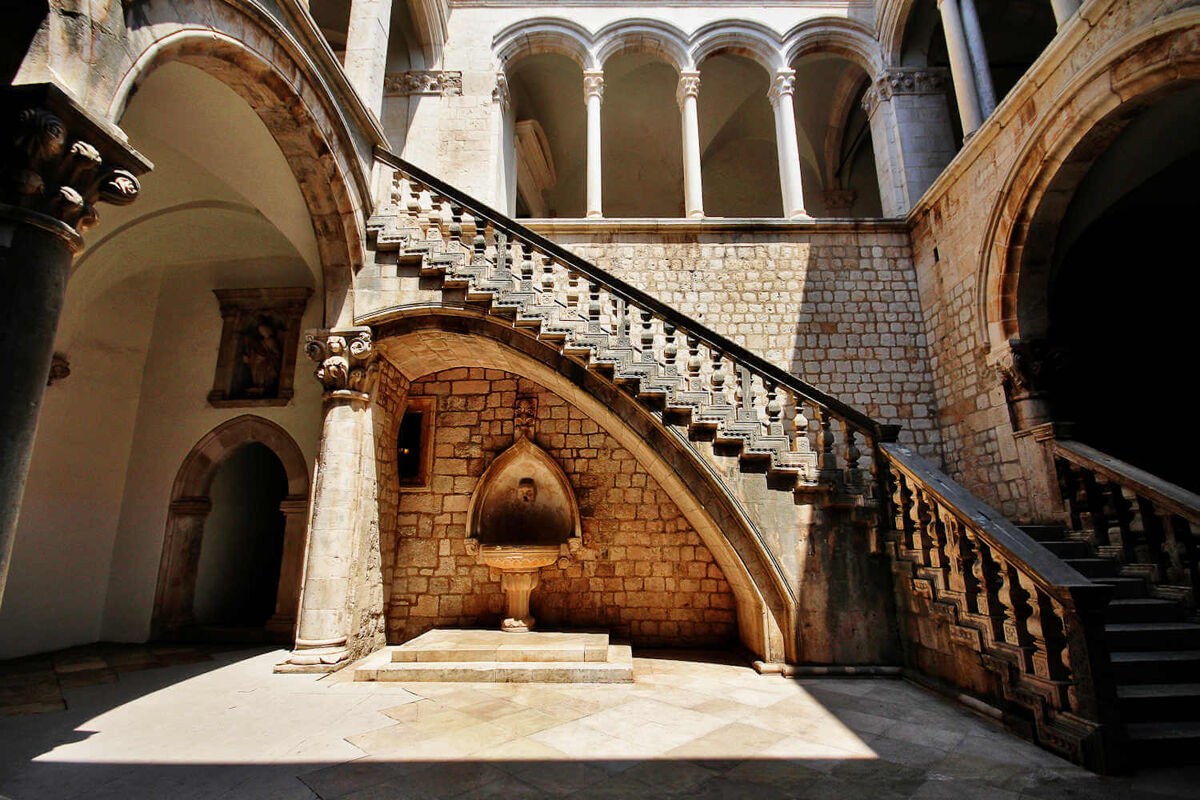
Witness the ceremonial guards
Every day ceremonial guards, dressed in traditional outfits, march down the streets accompanied by drummers. Their watch finishes at about 9:30pm which is when you will witness their procession.
Old Town Market
Located on Stradun, here you’ll find fresh fruit, vegetable and tourist affair as well as daily catches from the harbour, cheese, honey, olives, lavender, spices and brandy for sale. It’s a great taste of local life and a superb opportunity to grab local produce and souvenirs.
Free Things to Do in Dubrovnik
1. Climb Mount Srđ (by foot)
The 413-metre climb takes approx. 90 minutes. Try arriving in time for sunset – they do say the best things in life are free.
2. Bathe on Banje Beach
Skip to – best beaches in Dubrovnik
3. Swim the city walls
During hot summers there’s nothing more refreshing than a dip in the cool waters. In Dubrovnik, always wear a swimsuit so you can jump in at any opportunity. There are several pool ladders along the rocks.
4. Stroll around the Old Town
Entrance is free, you only have to pay to walk the city walls. – see things to do in Dubrovnik’s Old Town section of this post.
5. Gradac Park
A peaceful escape from the bustle of the city enjoying splendid views of the Old Town.
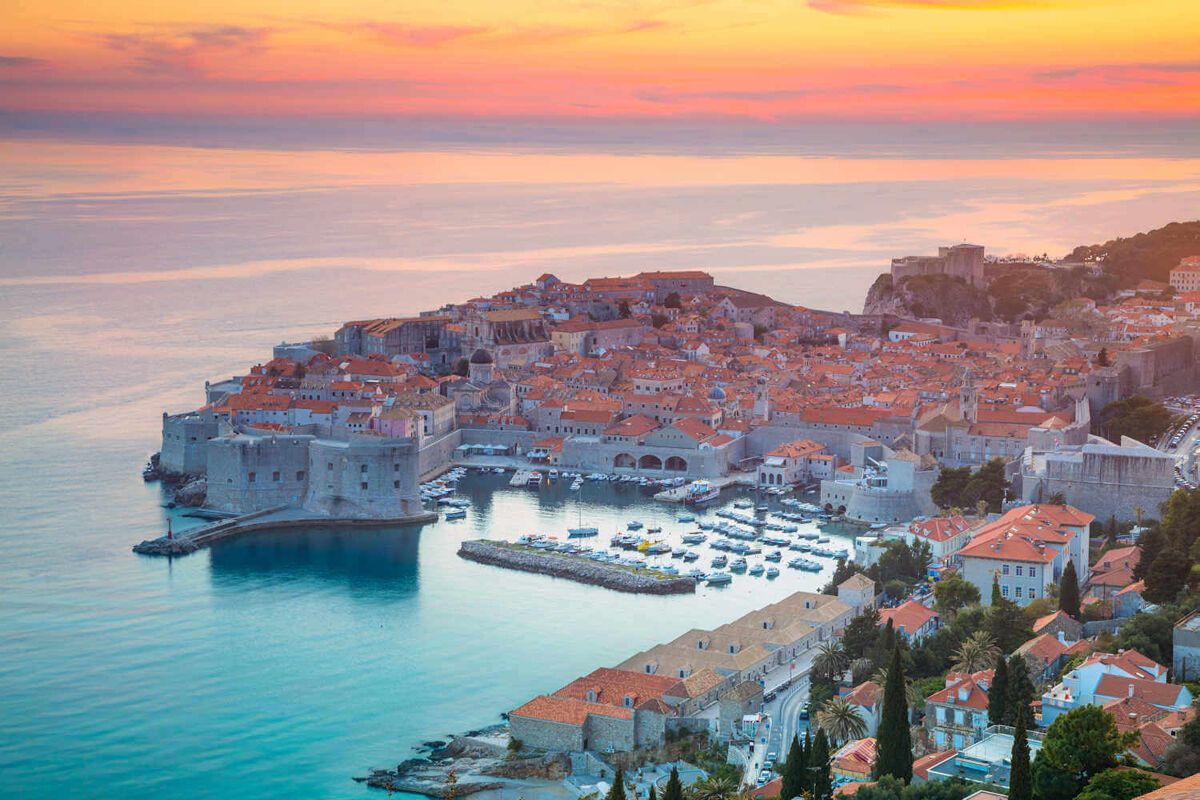
Dubrovnik Museums
Thanks to its illustrious past Dubrovnik’s museums hold everything from pre-historic artefacts & maritime relics to contemporary art.
Dubrovnik Beaches
Although beaches in Croatia are not often sandy, they are no less beautiful. Croatians love swimming and bathing and will jump in at any given opportunity. Be that a shingle beach, rocky platform or kayaking to a hidden cave. Here’s a list of the best beaches in the Dubrovnik area:
Banje Beach
Dubrovnik’s most famous beach, Banje is a mix of shingle and sand with glorious views of the Old Town. The nearby promenade offers plenty of refreshments & nightlife. When talking about things to do in Dubrovnik, visiting Banje beach is a must.
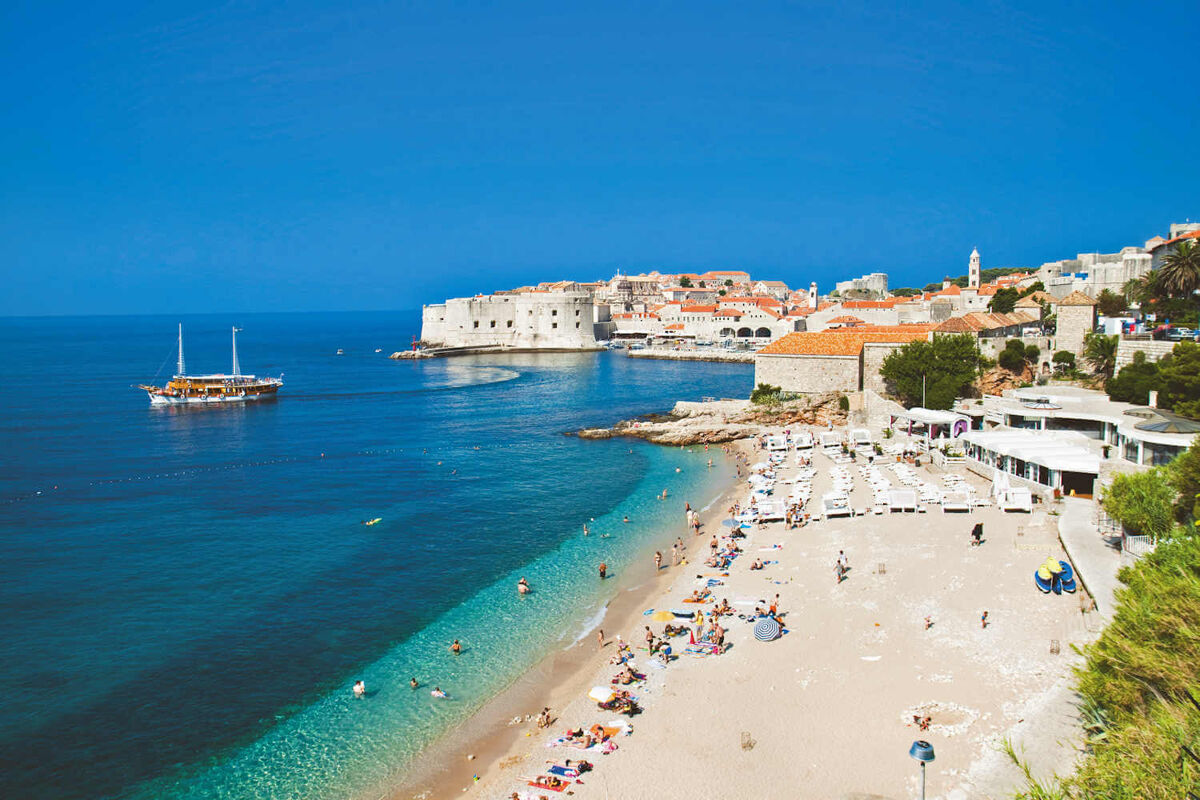
Copacabana
Located on the Lapad Peninsular is Copacabana beach. The shingle beach gently shelves in to the water attracting families, locals and beach lovers alike.
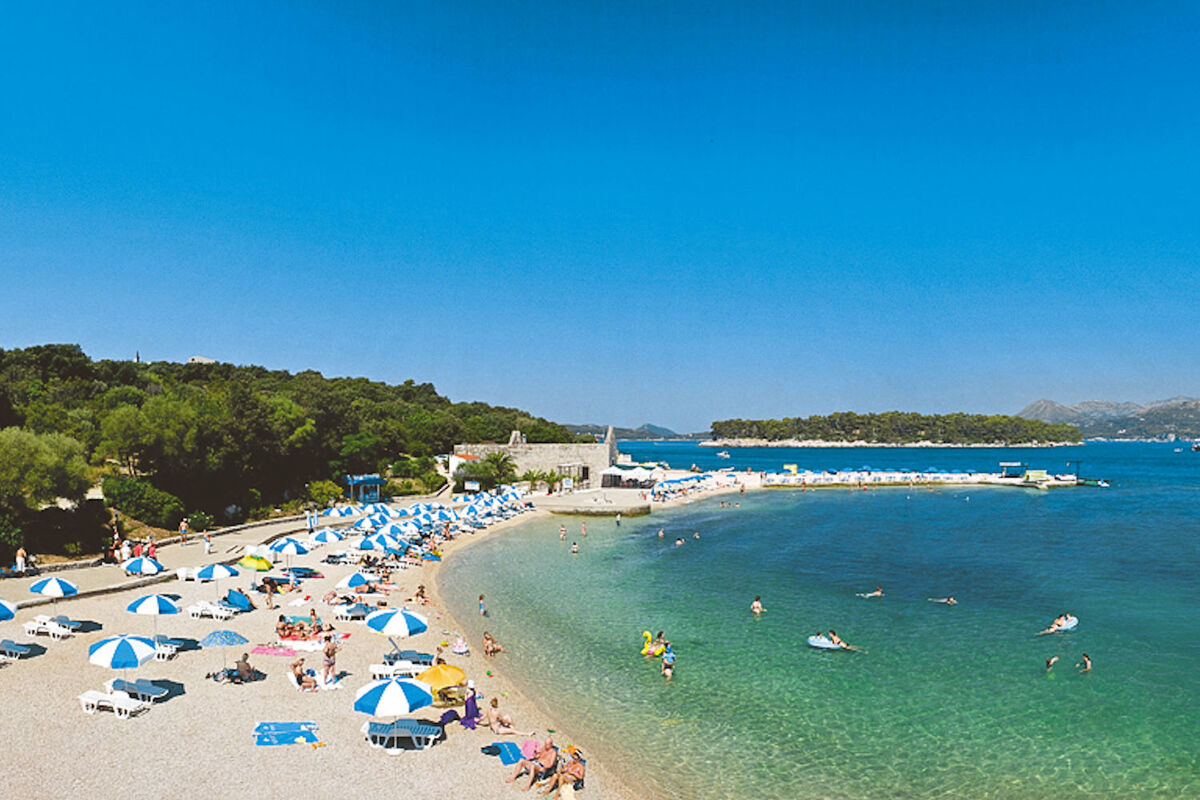
Sveti Jakov
Loved by locals, this beach often goes unnoticed by tourists. It offers beautiful views of the Old Town yet is located nearly a mile away in a protected bay. Sun loungers, umbrellas and cold drinks are all available on this peaceful beach.

Betina Cave
Although hard to reach, the trip there is just as lovely as the beach itself. This hidden cave, accessible by boat or kayak, holds a small shingle beach where you’ll often find you’re the only person there.
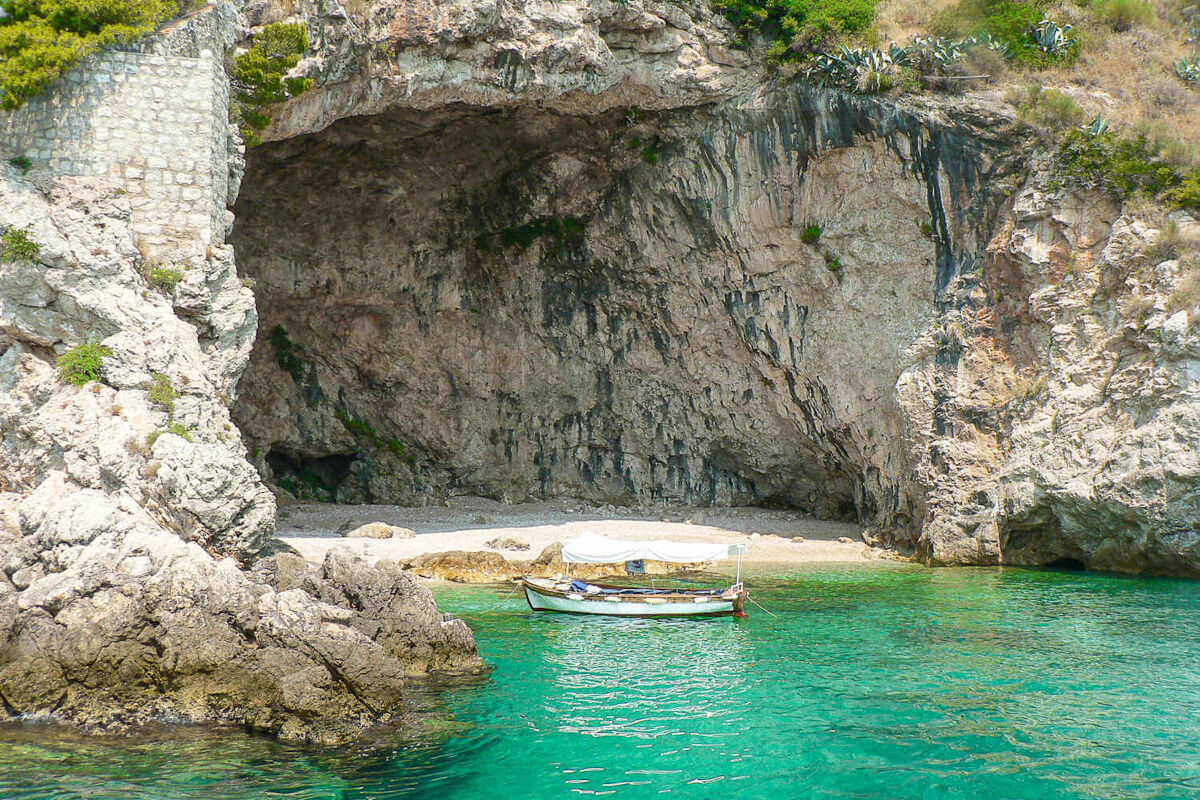
Sunj Bay
Located on the island of Lopud, this is one of Croatia’s few sandy beaches. Almost 1km long, Sunj beach is shallow and perfect for families.
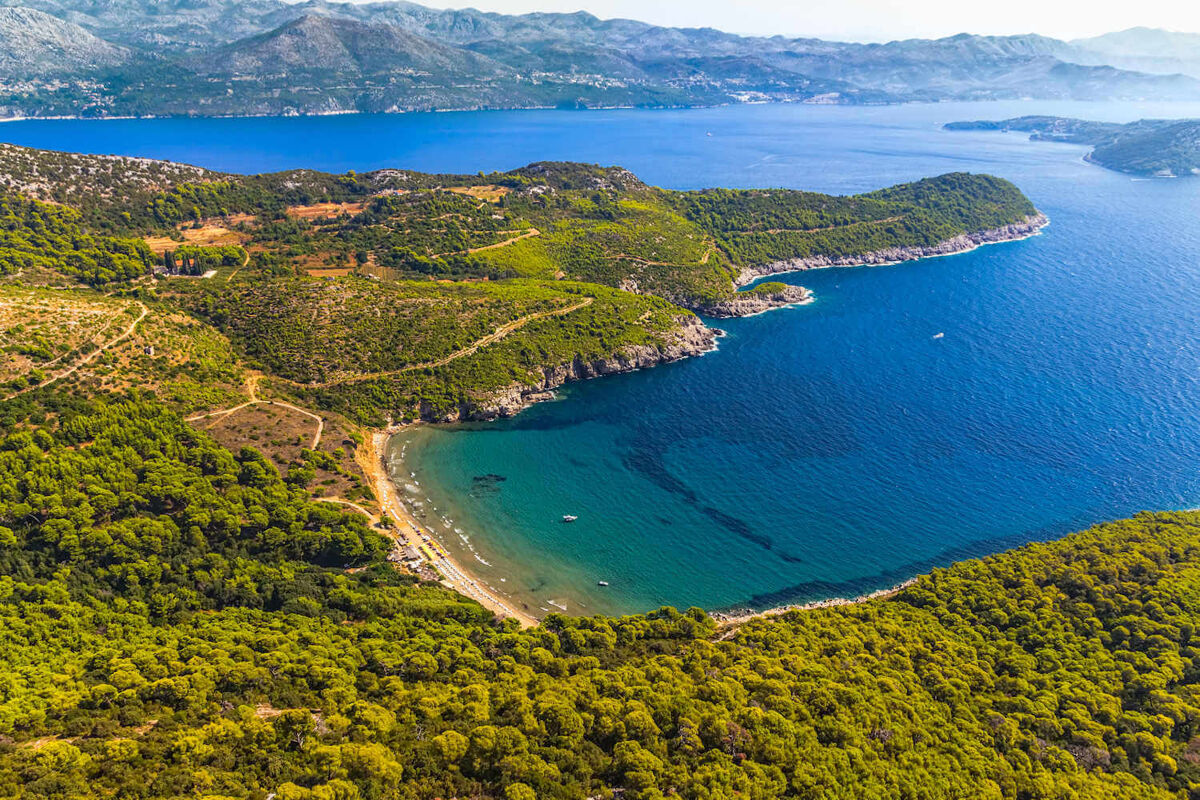
Dance Beach
Located on the rocky coastline of Dubrovnik, the sea here is much deeper, so recommended for strong swimmers. Although there is no sandy beach, the waters here are truly transparent and some of the cleanest in Dubrovnik. There is a small monastery nearby giving the beach a traditional local feel. Locals often play water polo here.
Wine tasting in Dubrovnik
Think of world famous wines and you may not think of Croatia. However, out of the world’s 1200 known grape varieties, 100 are grown in Croatia. In fact, Zinfandel was originally from Dalmatia, bought to California by Croatian immigrants.
Plavac Mali is Croatia’s most famous grape. These small dark blue grapes are grown in Dingac & Postup area of Dalmatia. The vineyards are some of the steepest in the world, meaning they receive high sun exposure. Dingac red wines give a taste of berries and herbs with a faint tobacco flavour. Postup is fruitier & light.
Just an hour away from Dubrovnik, several wine tasting tours take place on the Peljesca peninsula where these vineyards are located. Other wines from the region include Posip and Rukatac. You can find out more about Dubrovnik’s wines here.
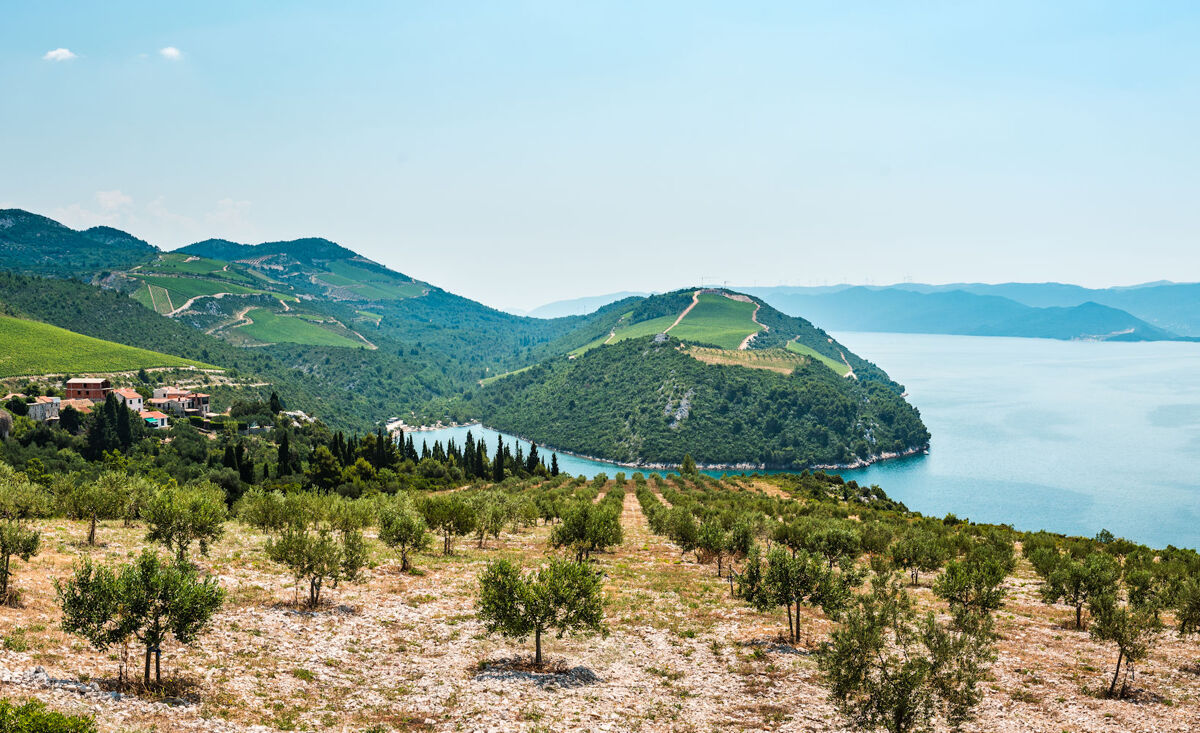
Places to eat in Dubrovnik
No list of things to do in Dubrovnik would be complete witnout talking about the local cuisine. In Dubrovnik’s Old Town you’ll come across cafes, bars, restaurants and markets where an array of local eats are on offer. Notable restaurants include Restaurant 360, an upmarket sophisticated restaurant serving forward thinking cuisine. Buza Bar or ‘Hole in the Wall Bar’ hangs off a cliff edge with stunning views over the Old Town and sea. Braver tourists & locals can be seen cliff jumping into the sea from here, the dive is locally known as ‘the lion’ although is not condoned. You can find Dubrovnik’s best restaurants in this article.
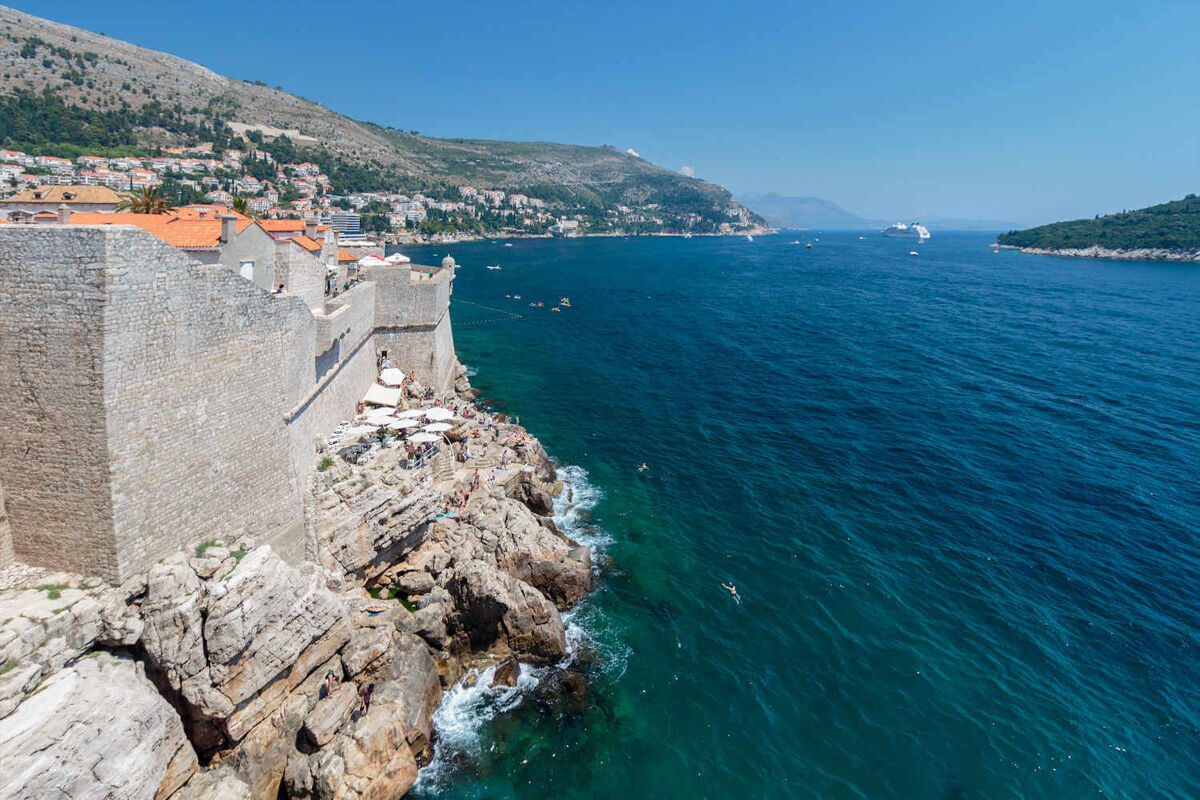
Practical information
- Flight time – 2hrs 40mins from London
- Tourist Office – Near Pile Gate. Open Mon – Sat 8am – 7pm. Sunday 9am – 3pm
- Currency – Kuna: 1 Kuna is approximately 12p. Croatia is part of the EU put have not adopted the Euro.
- Time difference – 1 hour ahead of UK time
Getting around
Taxis are easy to find anywhere in the city and can cost anywhere from £1- £3 per mile, although this can change dramatically in high season.
Buses frequent the city and Pile Gate, you can find the timetable here.
Walking is a straightforward way to navigate the city, maps are available from the tourist office at Pile Gate.
When is the best time to visit Dubrovnik?
May, June, September & October are the best times to visit Dubrovnik as the weather is sunny, the sea is warm and there are less crowds than in July and August. The winter months are lovely however some attractions close.
Dubrovnik Summer Festival takes place in July/August and brings performances of music, theatre, dance and film to the city; a cultural spectacle!
Visit our post Best Time to Visit Croatia for more detailed weather & events.
A brief history of Dubrovnik
Now a UNESCO World Heritage Site & Croatia’s most upmarket destination, Dubrovnik also has a remarkable past.
Prehistoric settlements are evident throughout the city, yet recorded history began with the invasion by the Slavs in the 7th century, before becoming the Republic of Ragusa. The city quickly expanded & developed from there to become the wealthy capital of Ragusa (the Old Town walls were built in the 13th Century). Dubrovnik was even part of the largest merchant naval fleets in the world, leading the city to wealth and in turn sophistication and love of art.
An earthquake in 1667 destroyed much of the city & its inhabitants (although the walls remained), leaving the city vulnerable to Napoleon who entered in 1808 and saw the end of the republic of Ragusa. After Napoleon’s fall in 1815, Dubrovnik became part of Austro-Hungarian Empire until after World War 1, when Dubrovnik became part of Croatia/ Yugoslavia. The devastating shelling by the Serbs during 1991/2 in a siege that lasted 7 months led to considerable damage on the Old Town but was quickly restored to the marvel it is today.
I am sure you will agree there are many wonderful things to do in Dubrovnik. They city has so much to offer, and much of it can be experienced for free.
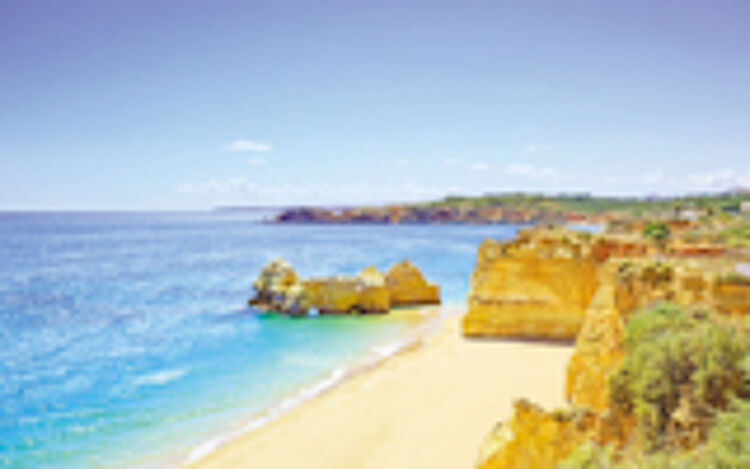 Algarve
Algarve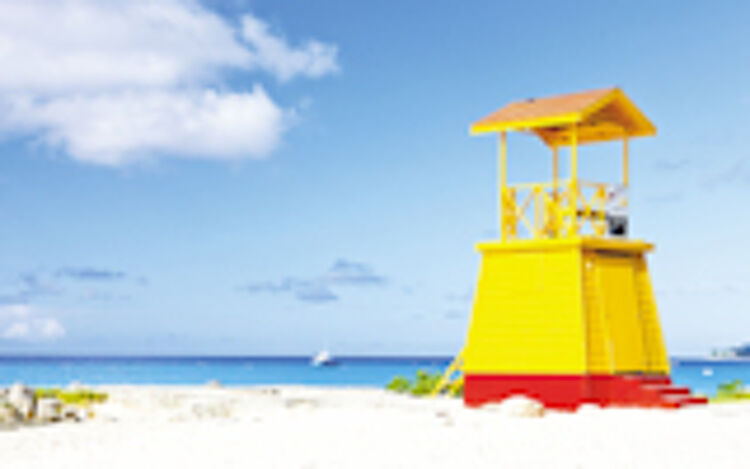 Barbados
Barbados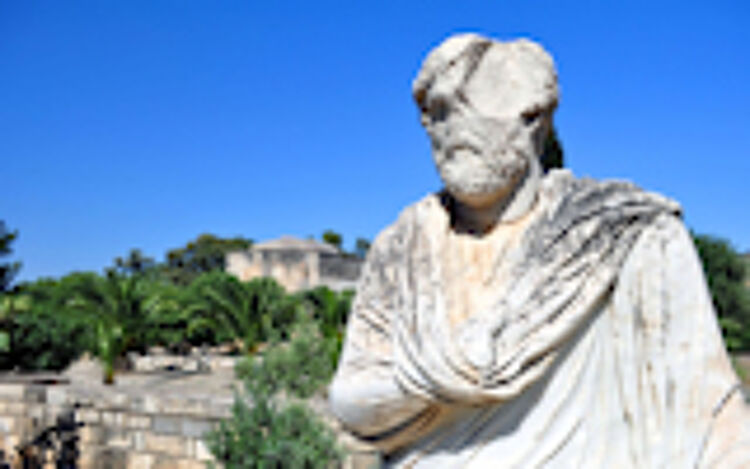 Crete
Crete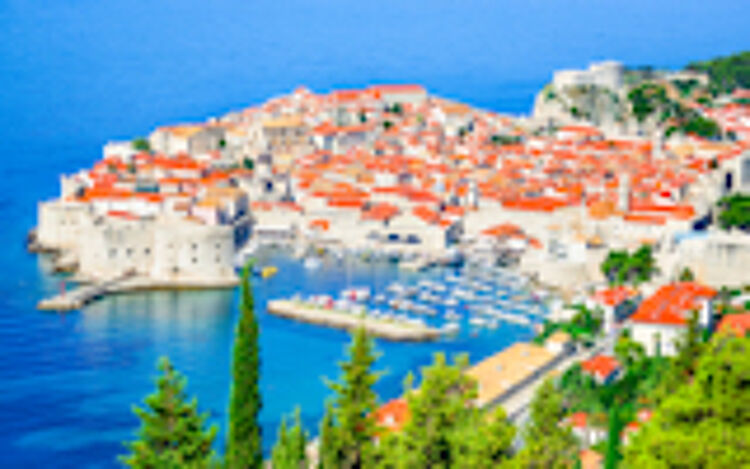 Croatia
Croatia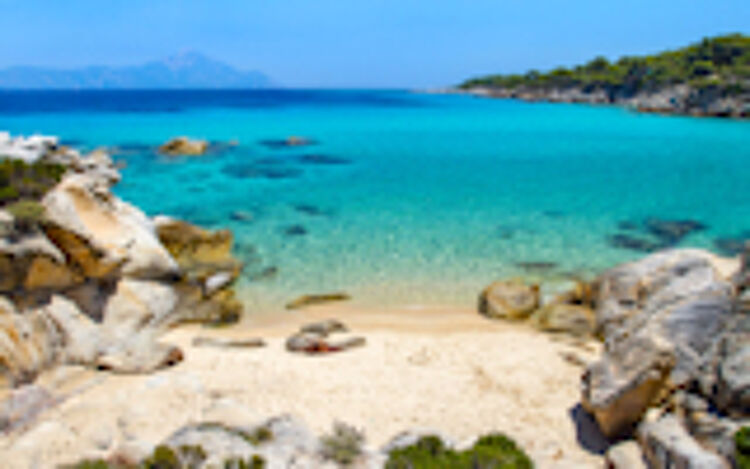 Halkidiki
Halkidiki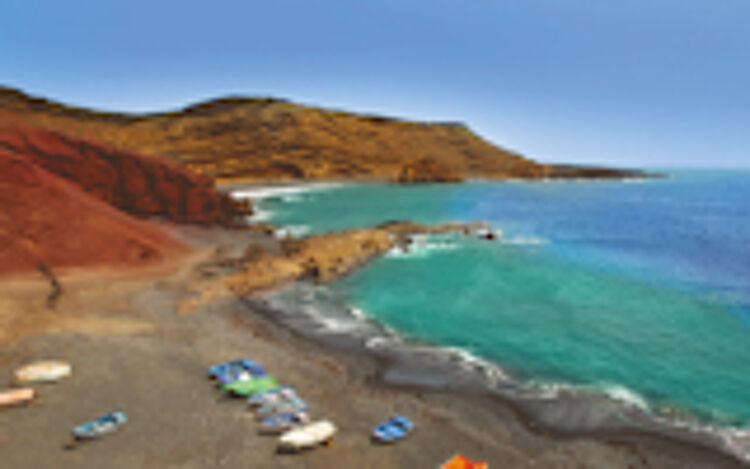 Lanzarote
Lanzarote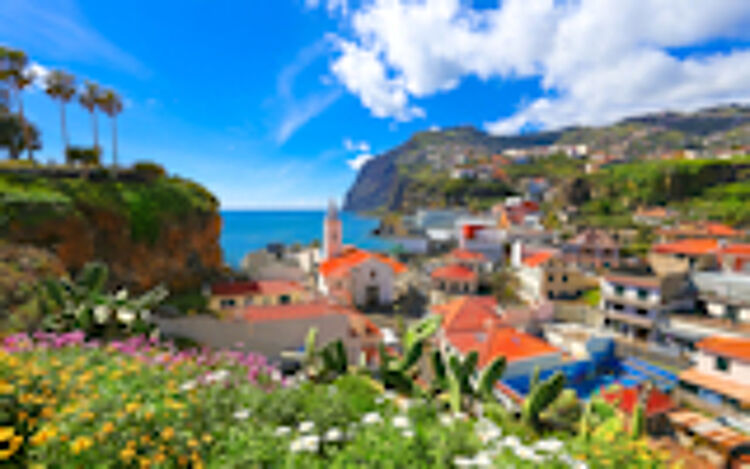 Madeira
Madeira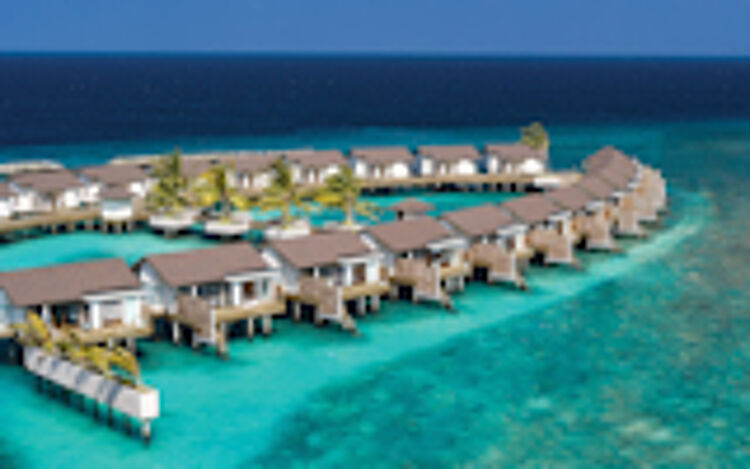 Maldives
Maldives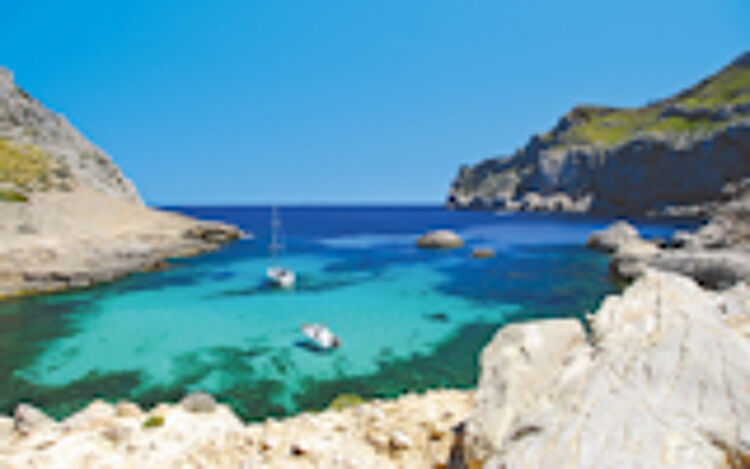 Mallorca
Mallorca Morocco
Morocco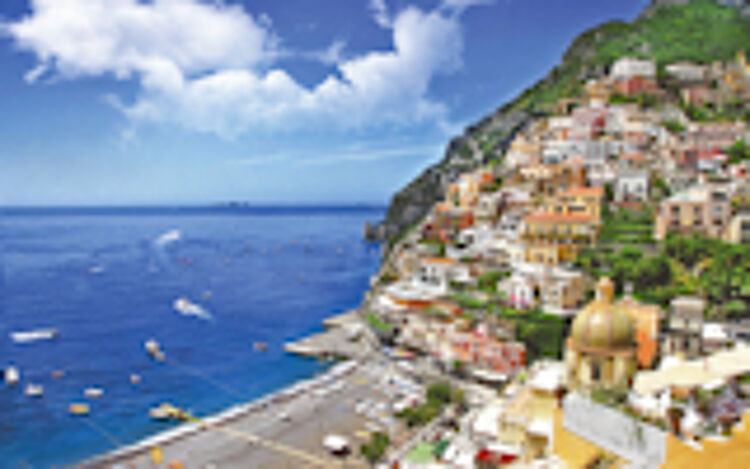 Sorrento & Amalfi Coast
Sorrento & Amalfi Coast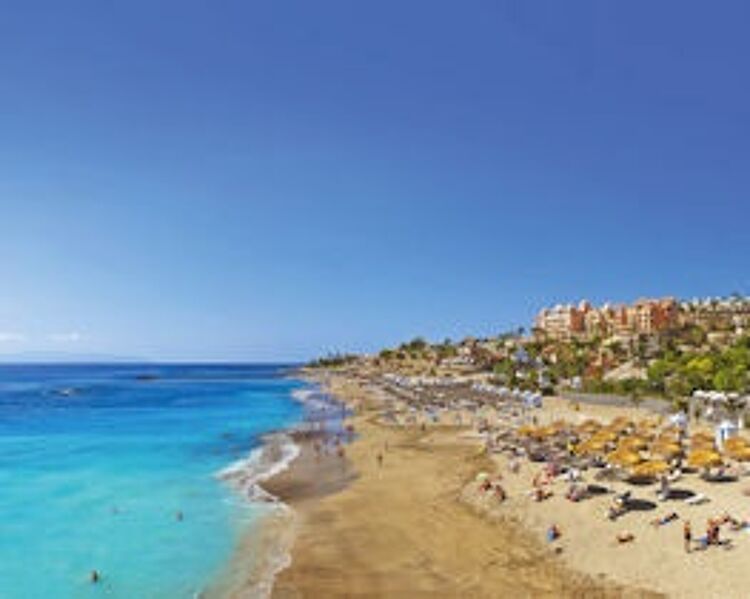 Tenerife
Tenerife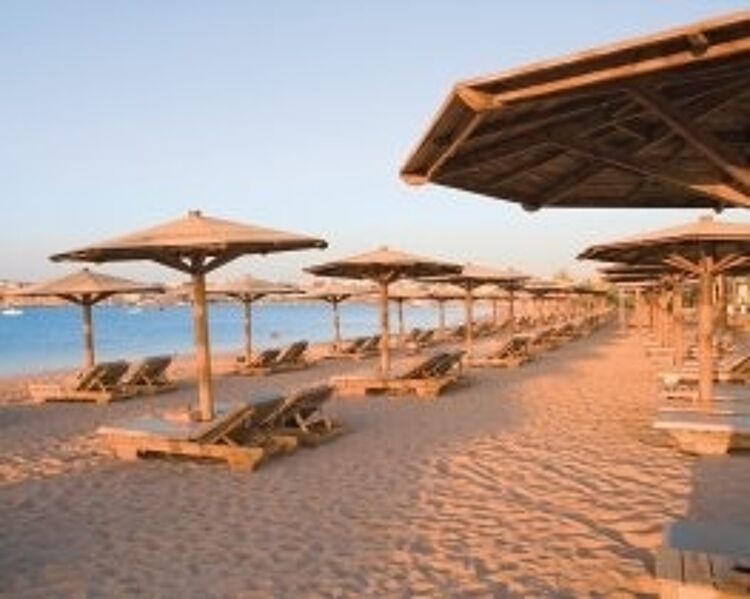 Egypt
Egypt Kenya
Kenya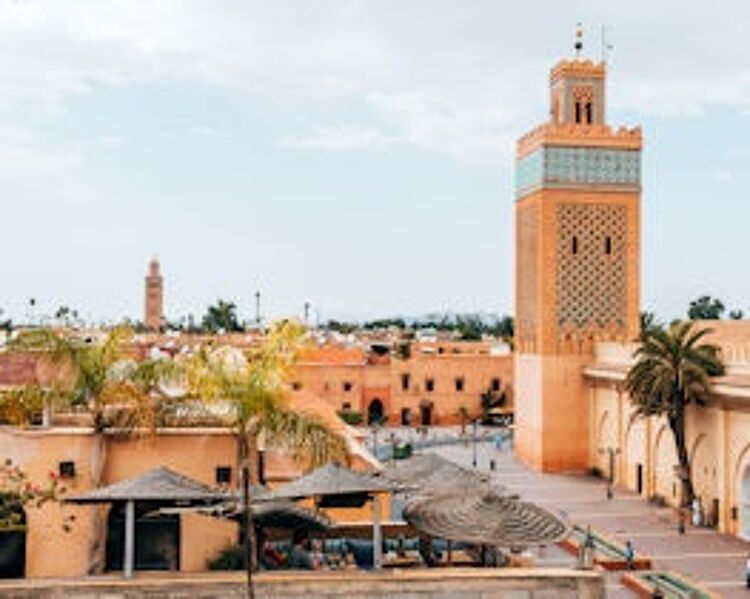 Morocco
Morocco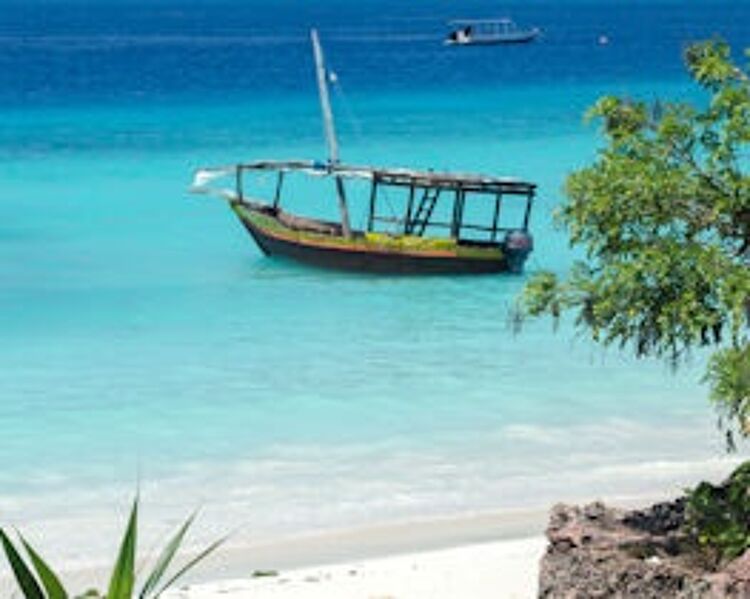 Tanzania
Tanzania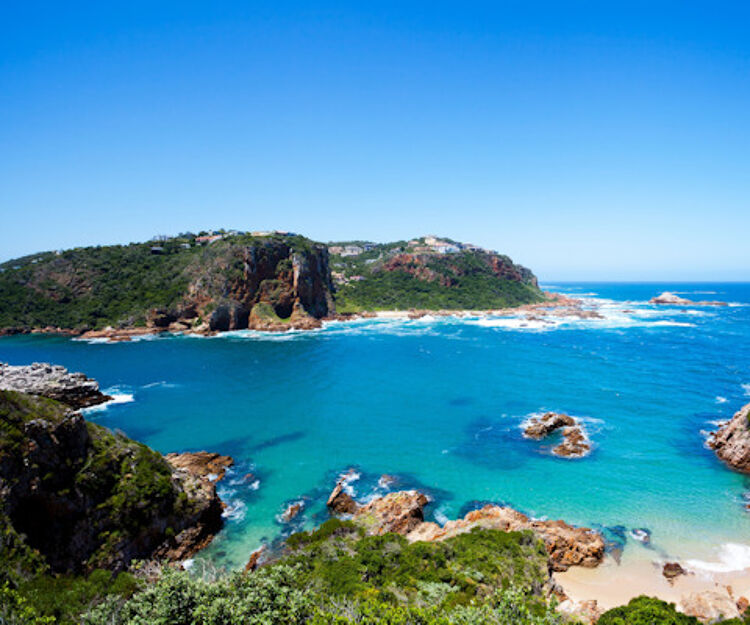 South Africa
South Africa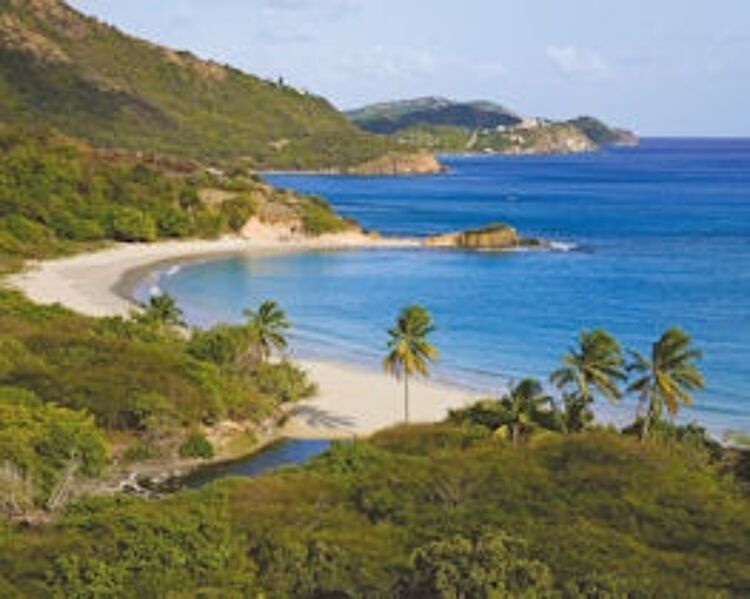 Antigua
Antigua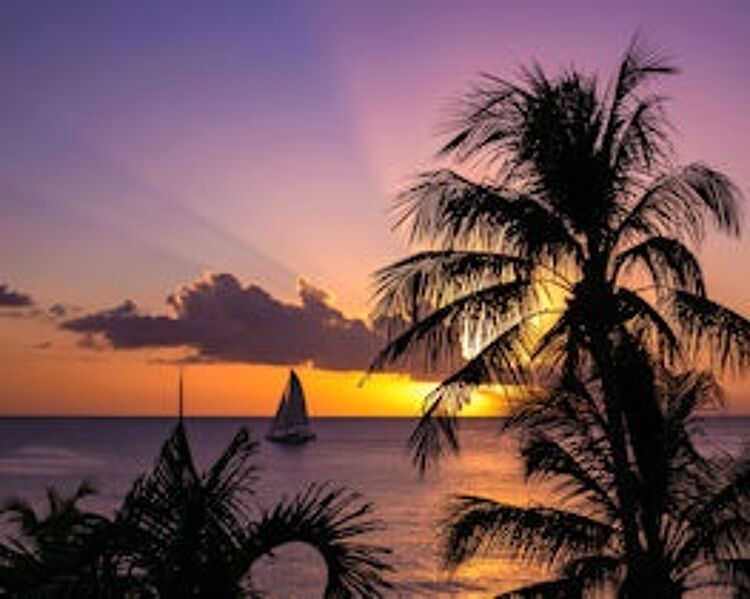 Barbados
Barbados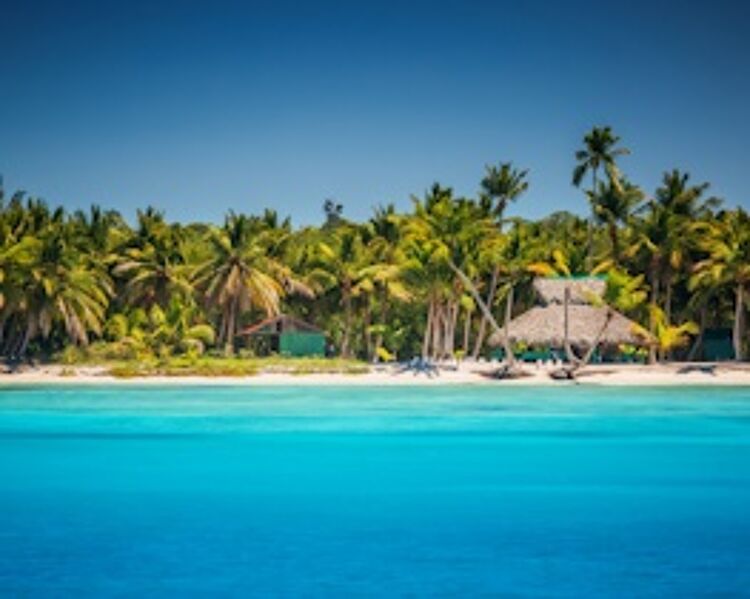 Dominican Republic
Dominican Republic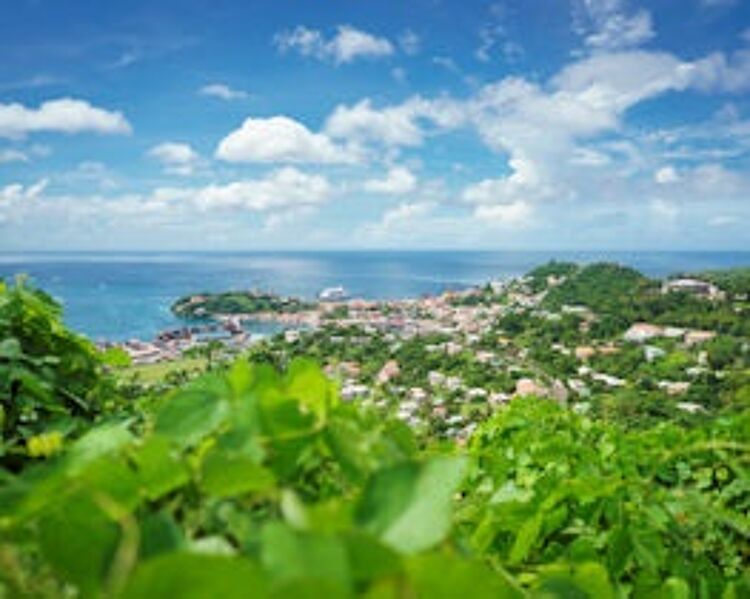 Grenada
Grenada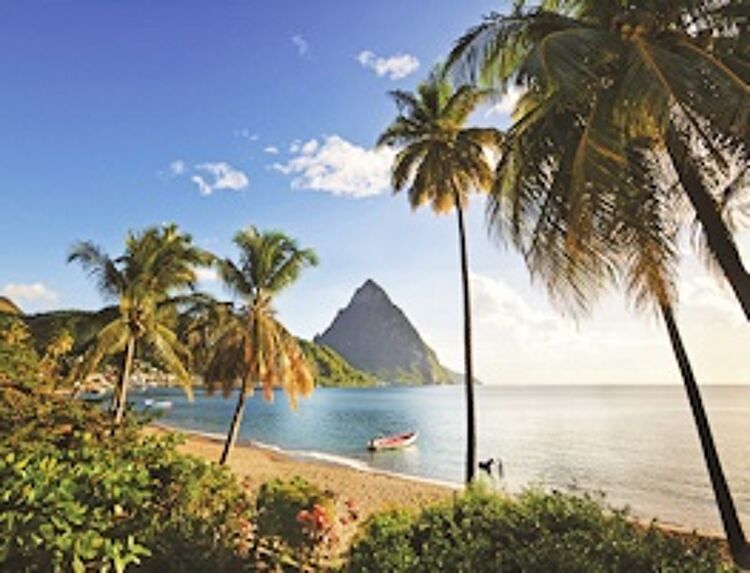 St Lucia
St Lucia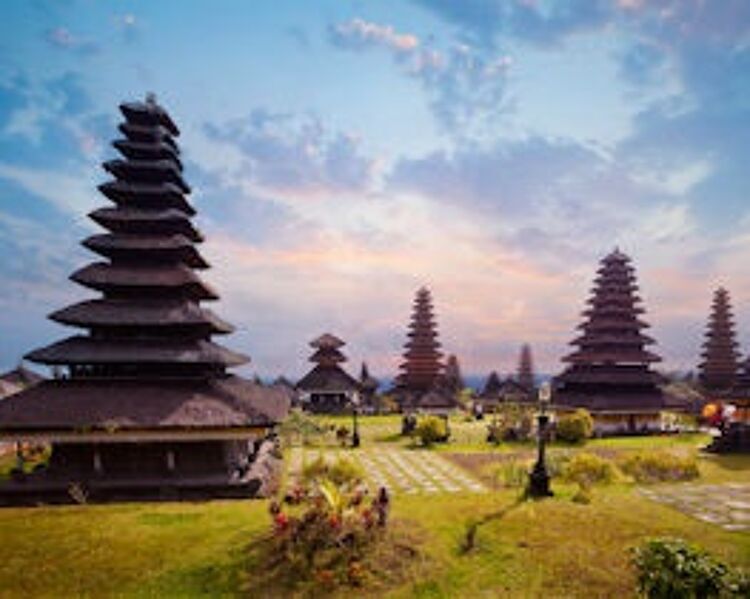 Indonesia
Indonesia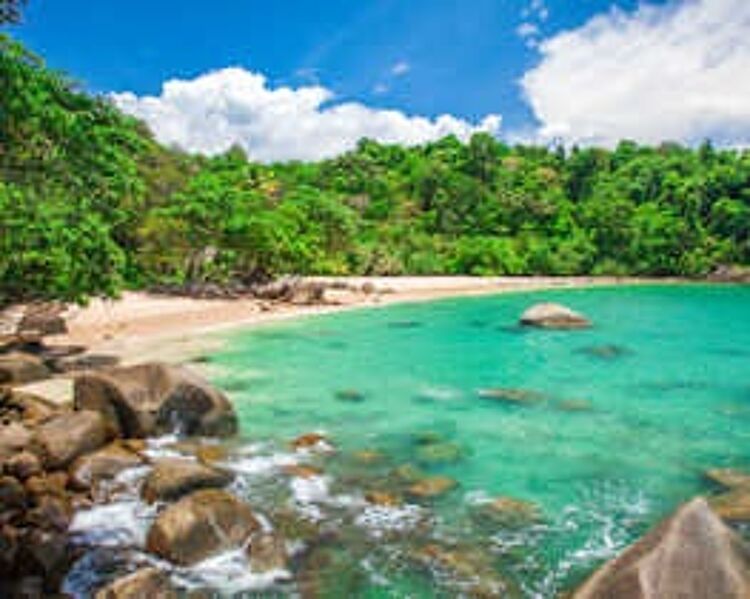 Thailand
Thailand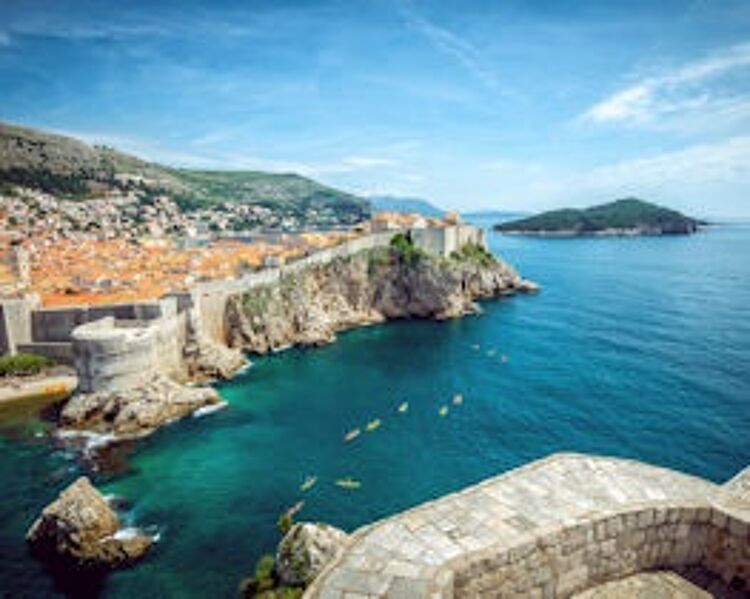 Croatia
Croatia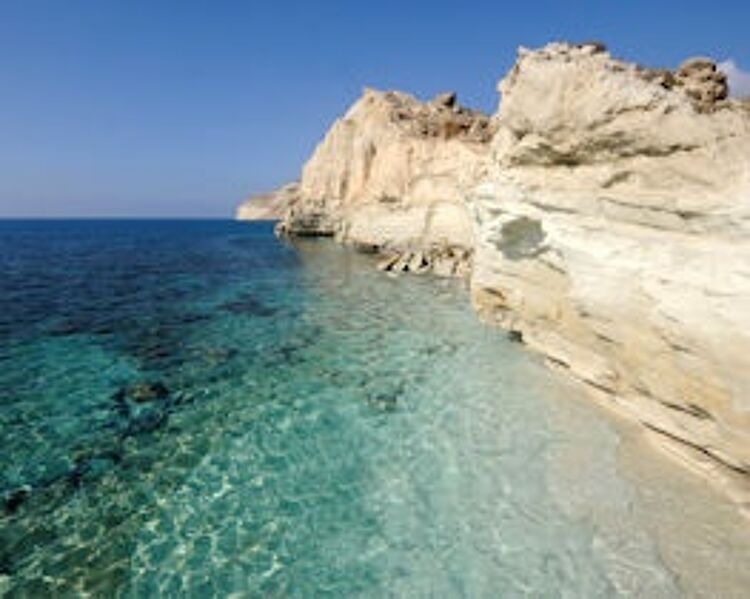 Cyprus
Cyprus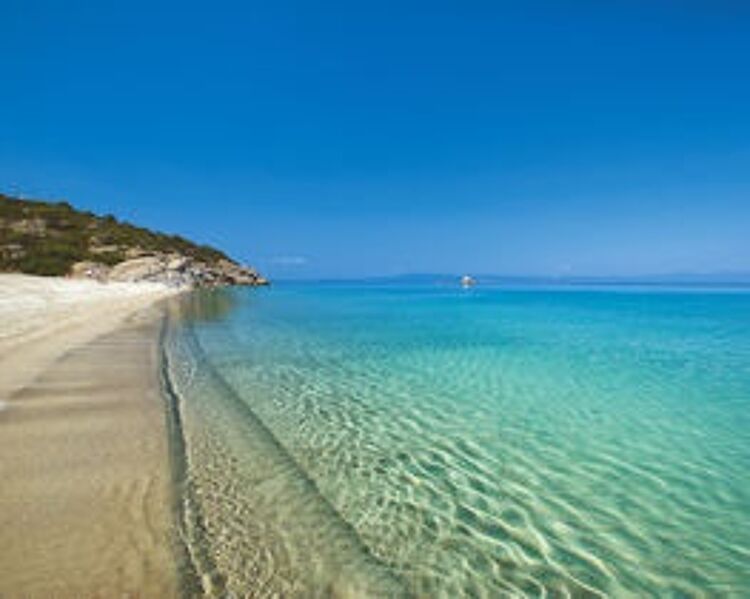 Greece
Greece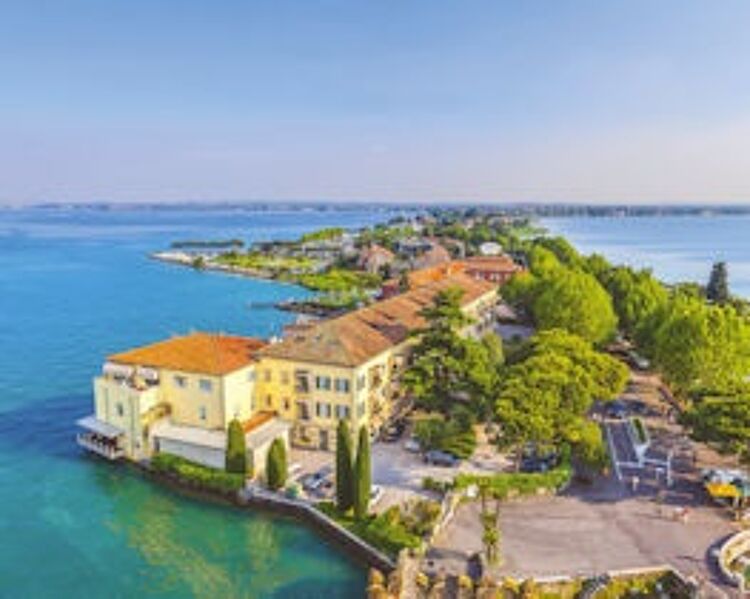 Italy
Italy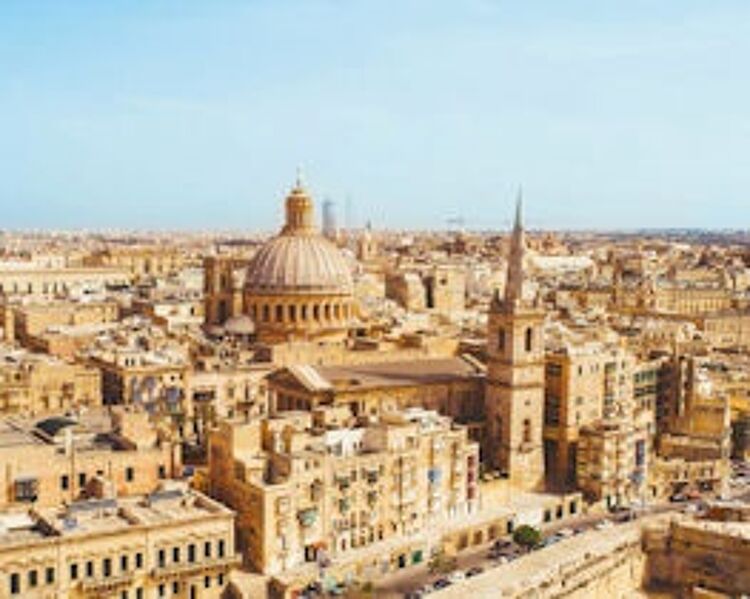 Malta
Malta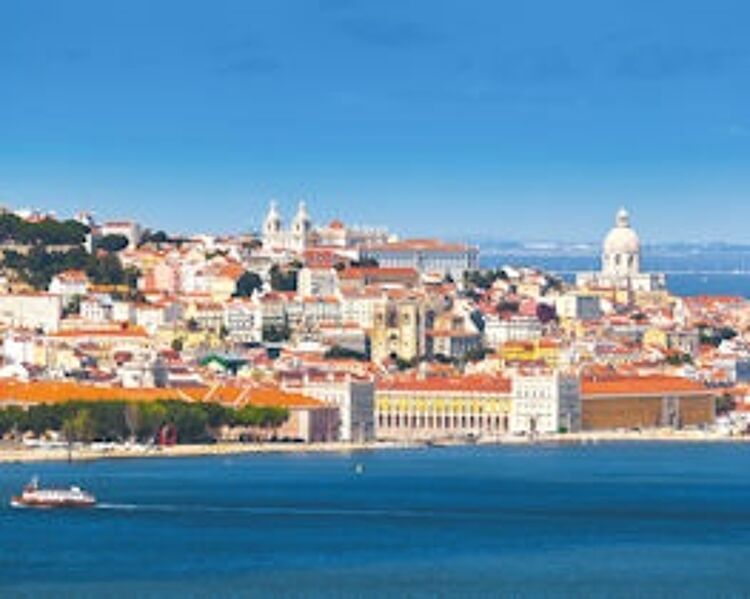 Portugal
Portugal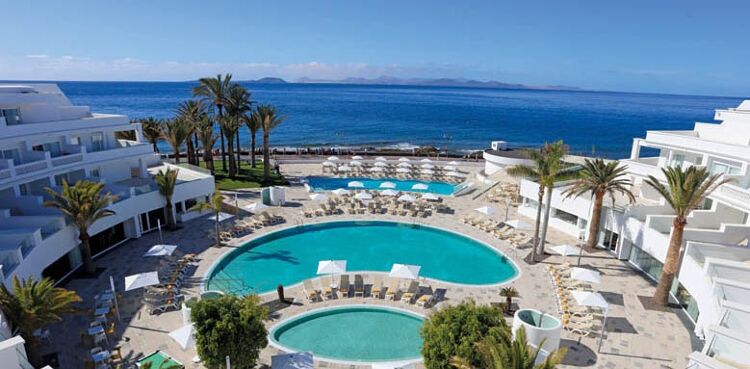 Spain
Spain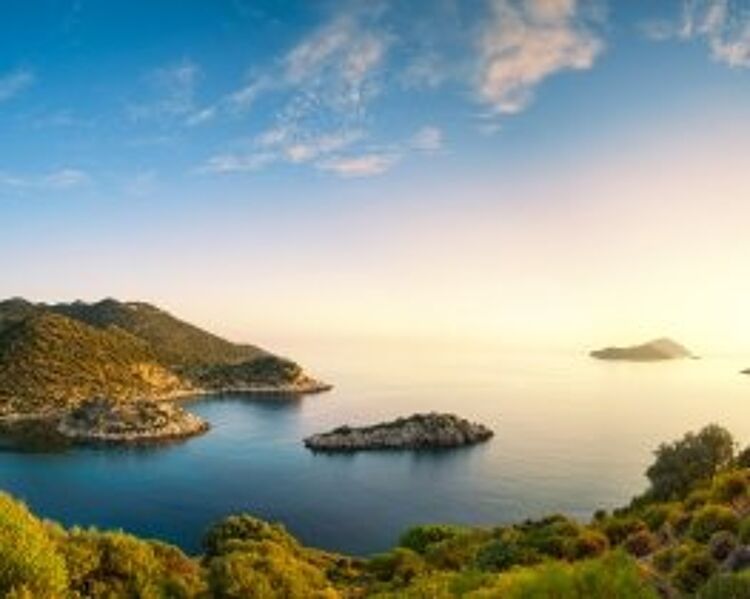 Turkey
Turkey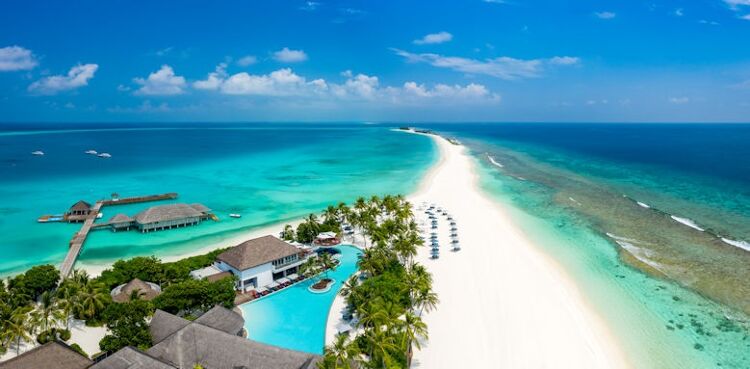 Maldives
Maldives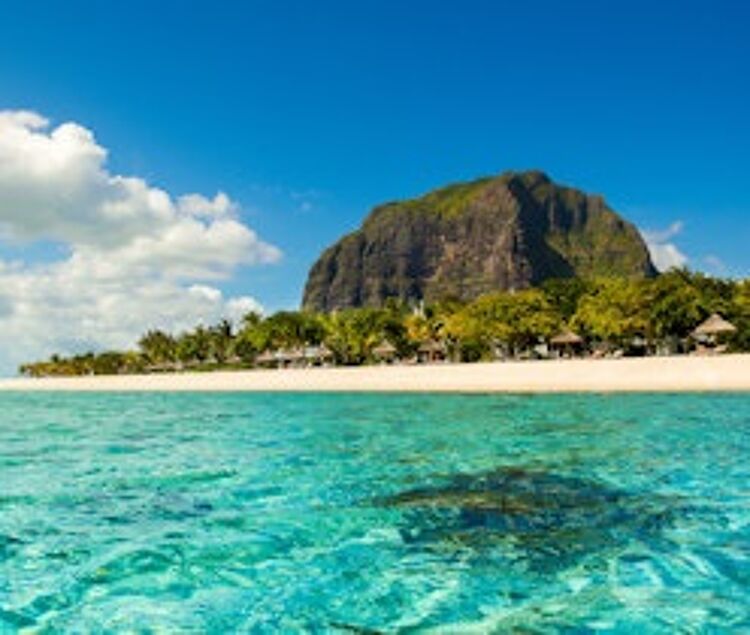 Mauritius
Mauritius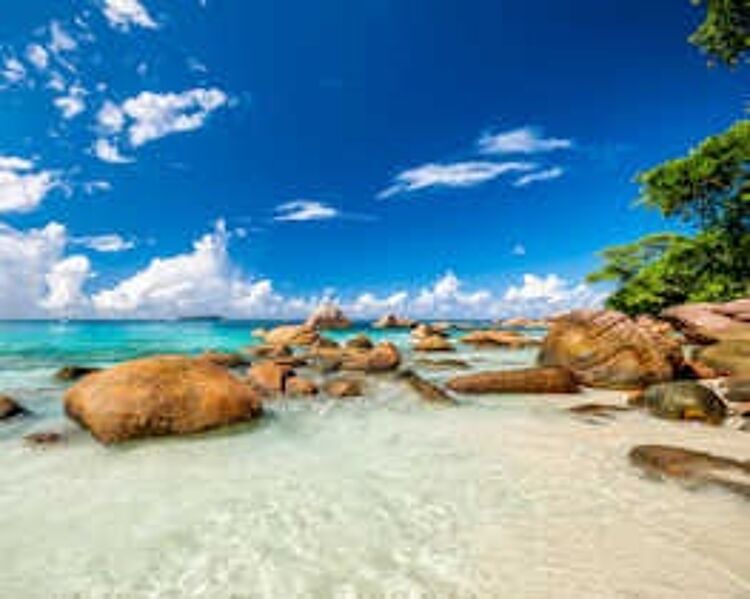 Seychelles
Seychelles Sri Lanka
Sri Lanka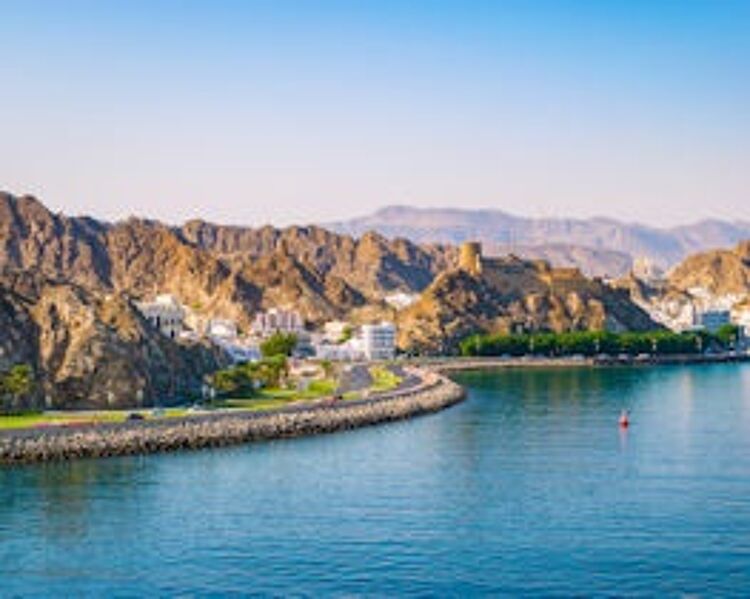 Oman
Oman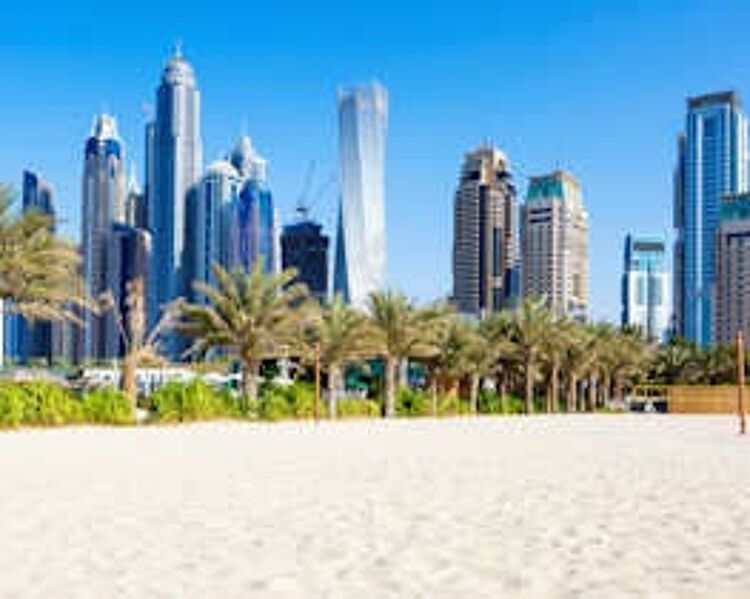 United Arab Emirates
United Arab Emirates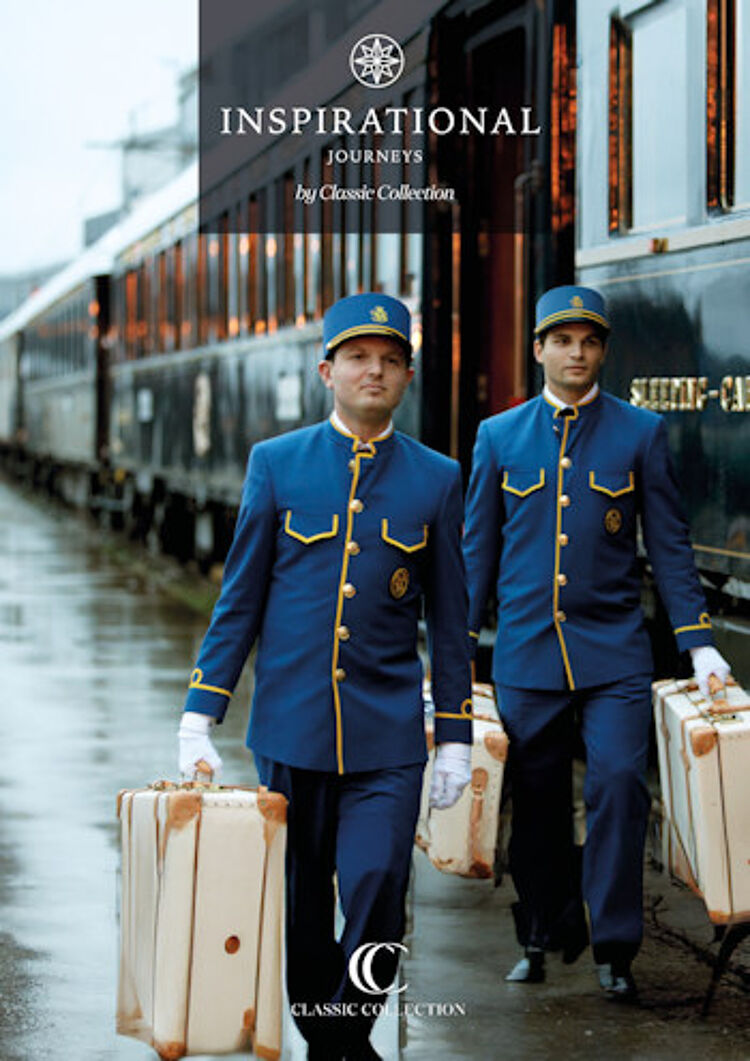
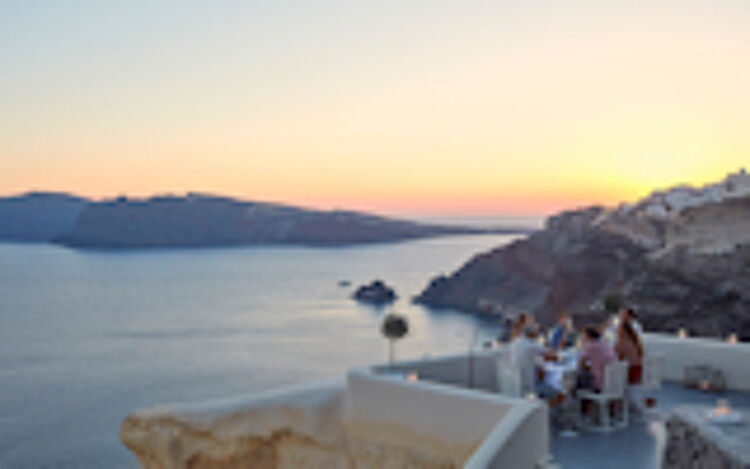 Adult Only Holidays
Adult Only Holidays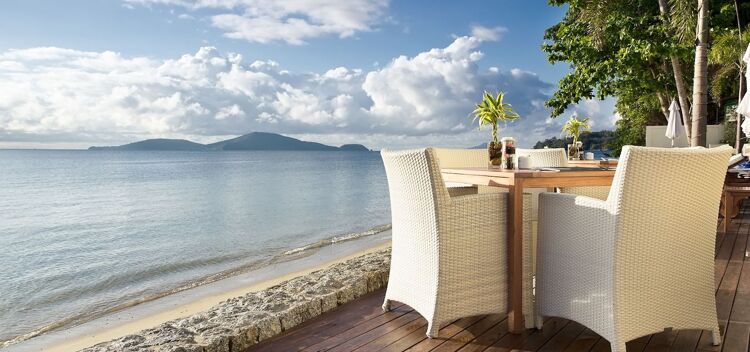 All Inclusive Holidays
All Inclusive Holidays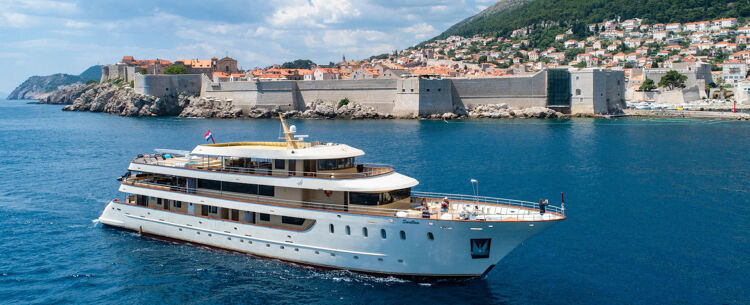 Boutique Cruises
Boutique Cruises Boutique Hotels
Boutique Hotels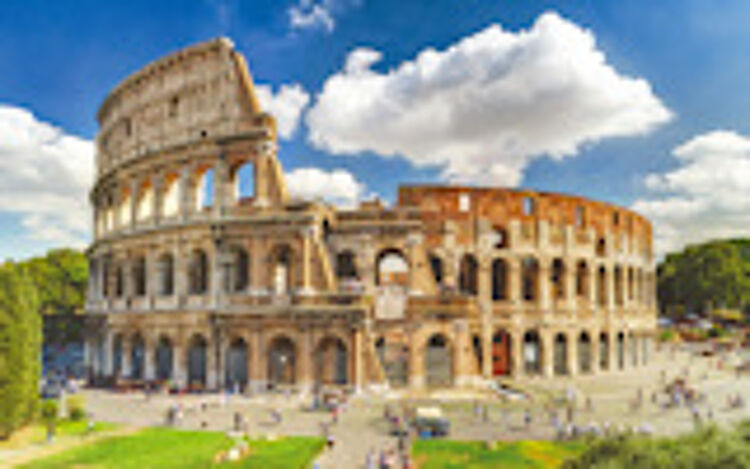 City Breaks
City Breaks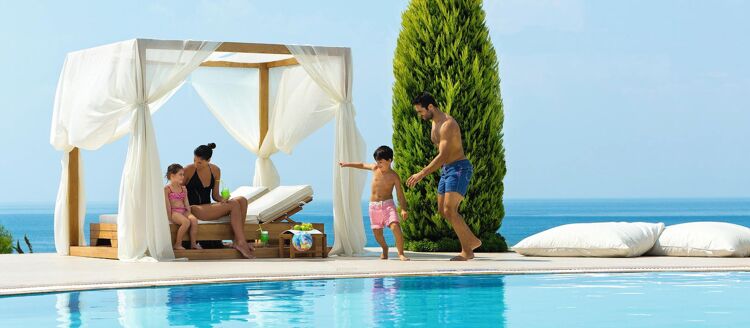 Family Holidays
Family Holidays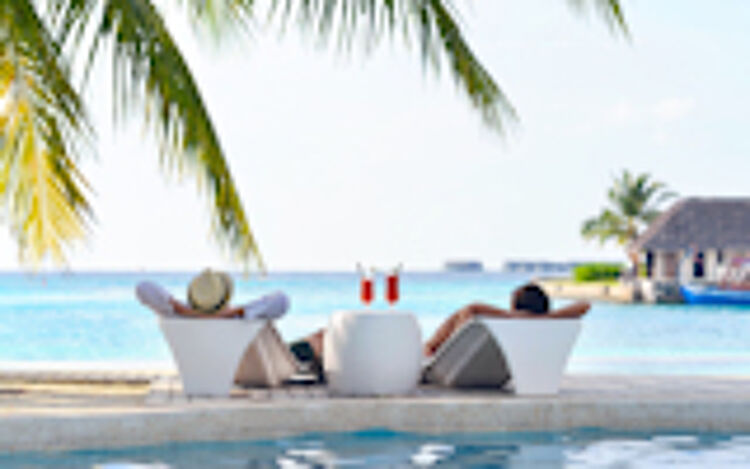 Honeymoon Holidays
Honeymoon Holidays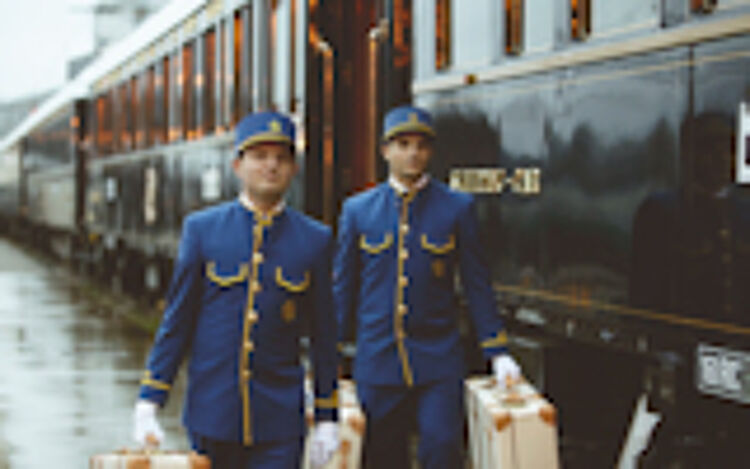 Luxury Rail Holidays
Luxury Rail Holidays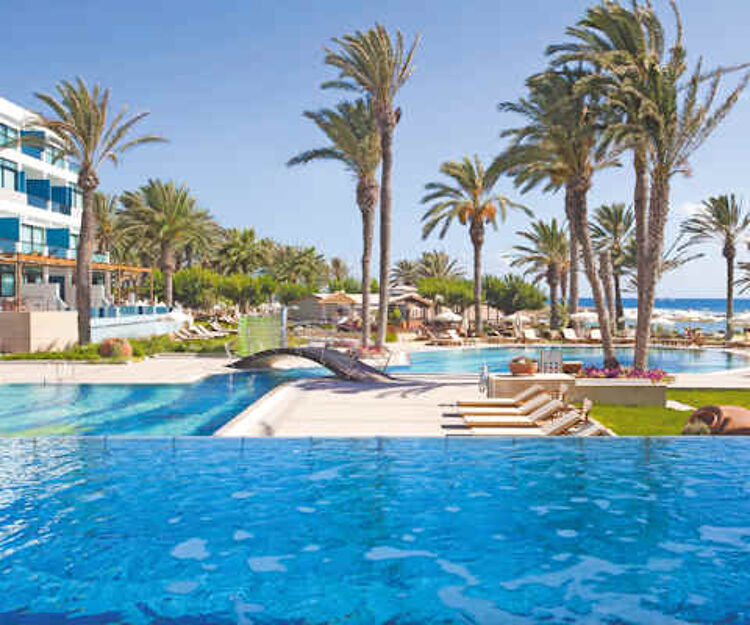 Multi Centre Holidays
Multi Centre Holidays Private & Escorted Tours
Private & Escorted Tours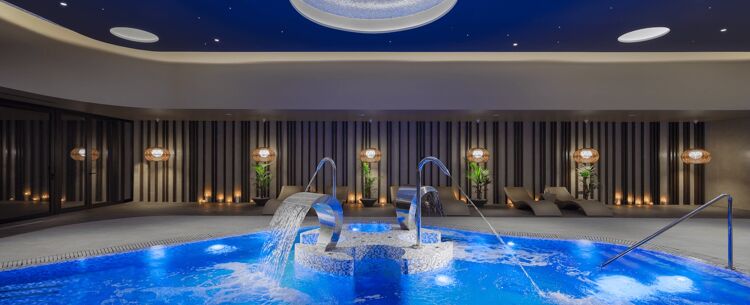 Spa & Wellness Holidays
Spa & Wellness Holidays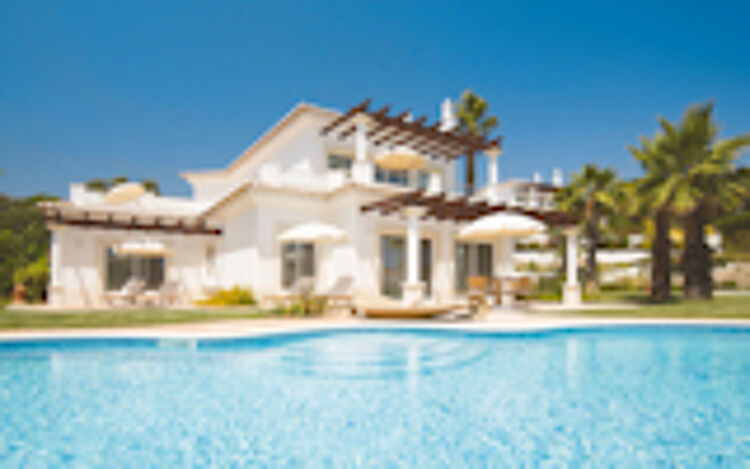 Villa Holidays
Villa Holidays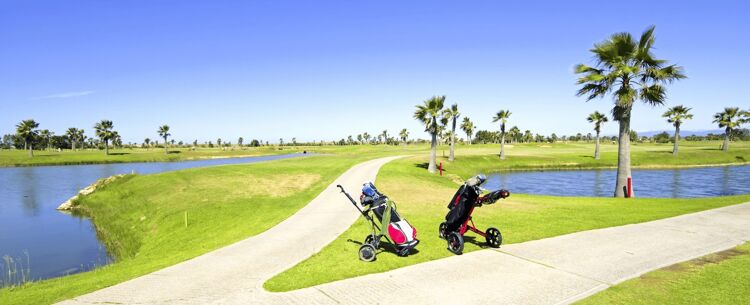 Golf Holidays
Golf Holidays Group Holidays
Group Holidays LGBTQ+ Luxury Holidays
LGBTQ+ Luxury Holidays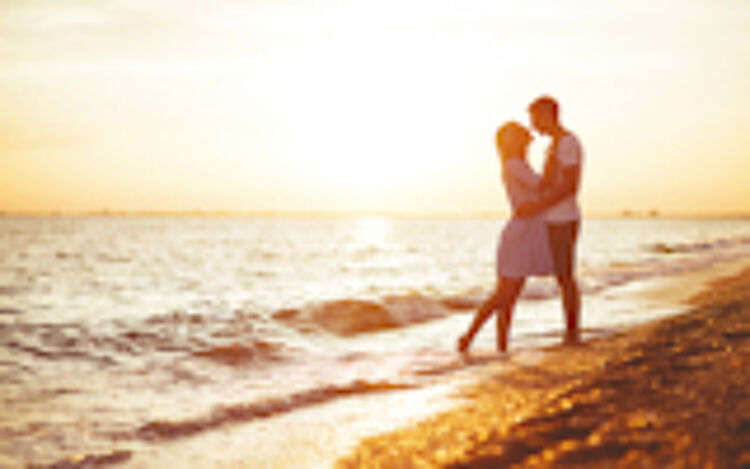 Romantic Holidays
Romantic Holidays Greek Island Hopping
Greek Island Hopping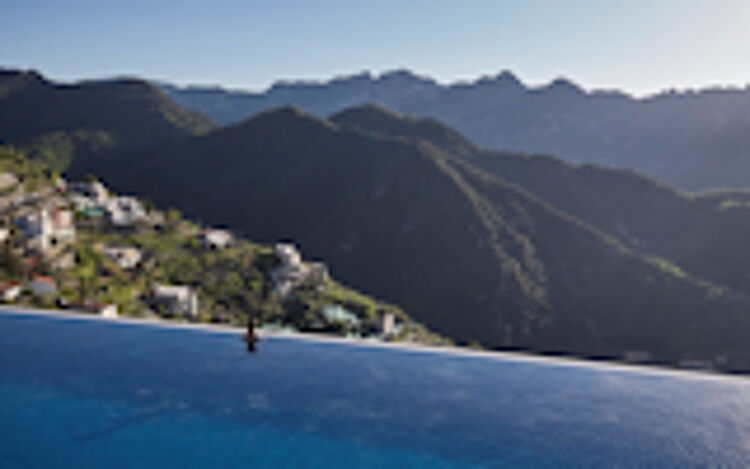 Infinity Pools
Infinity Pools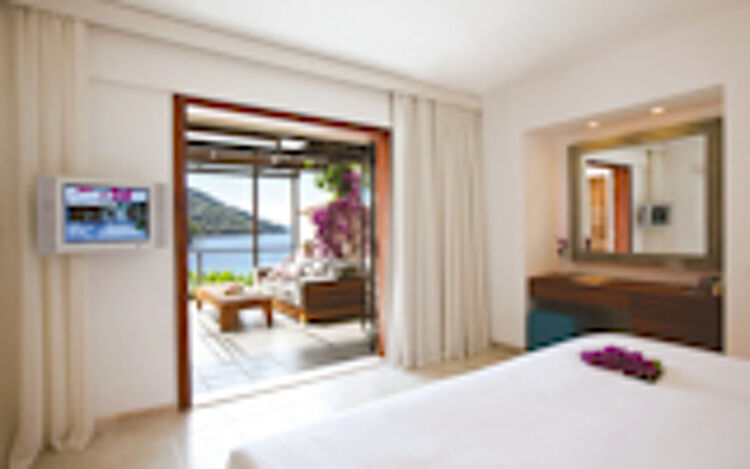 Interconnecting Rooms
Interconnecting Rooms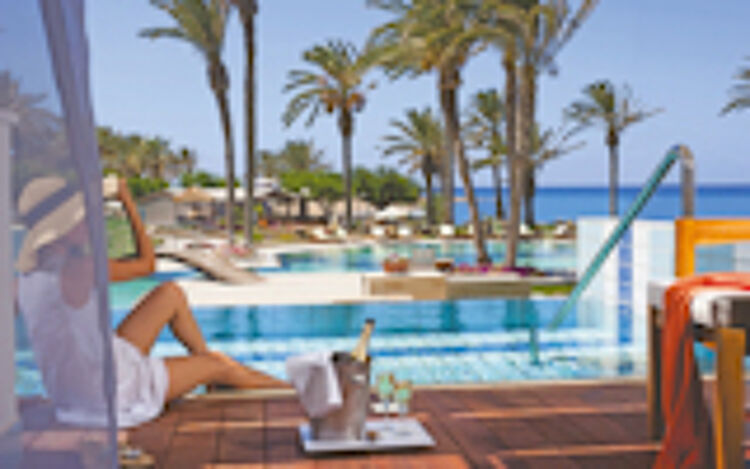 Private Pools
Private Pools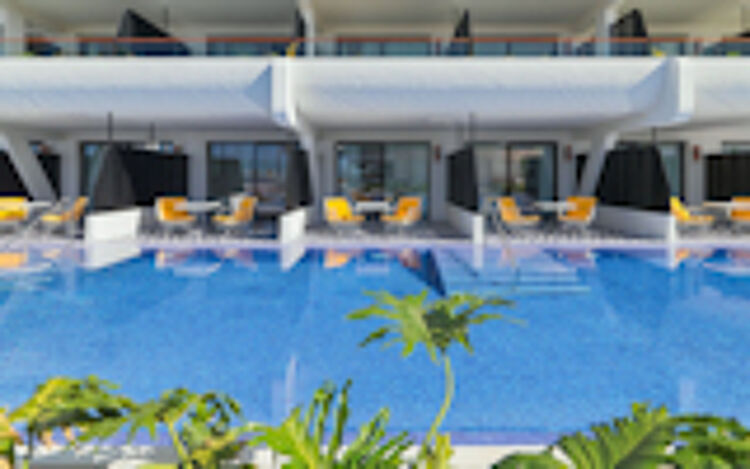 Swim Up Rooms
Swim Up Rooms Yoga Classes
Yoga Classes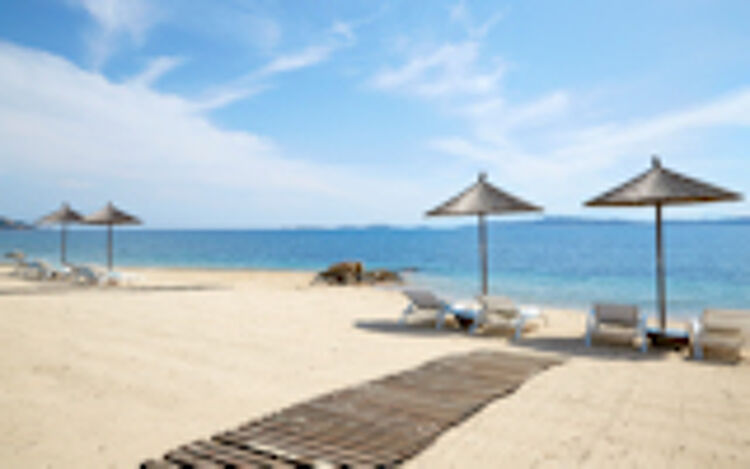 Blue Flag Beaches
Blue Flag Beaches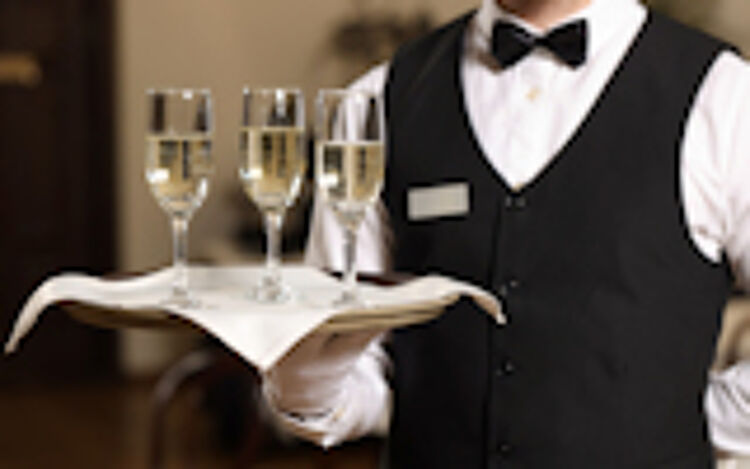 Butler Service
Butler Service Michelin Star Dining
Michelin Star Dining